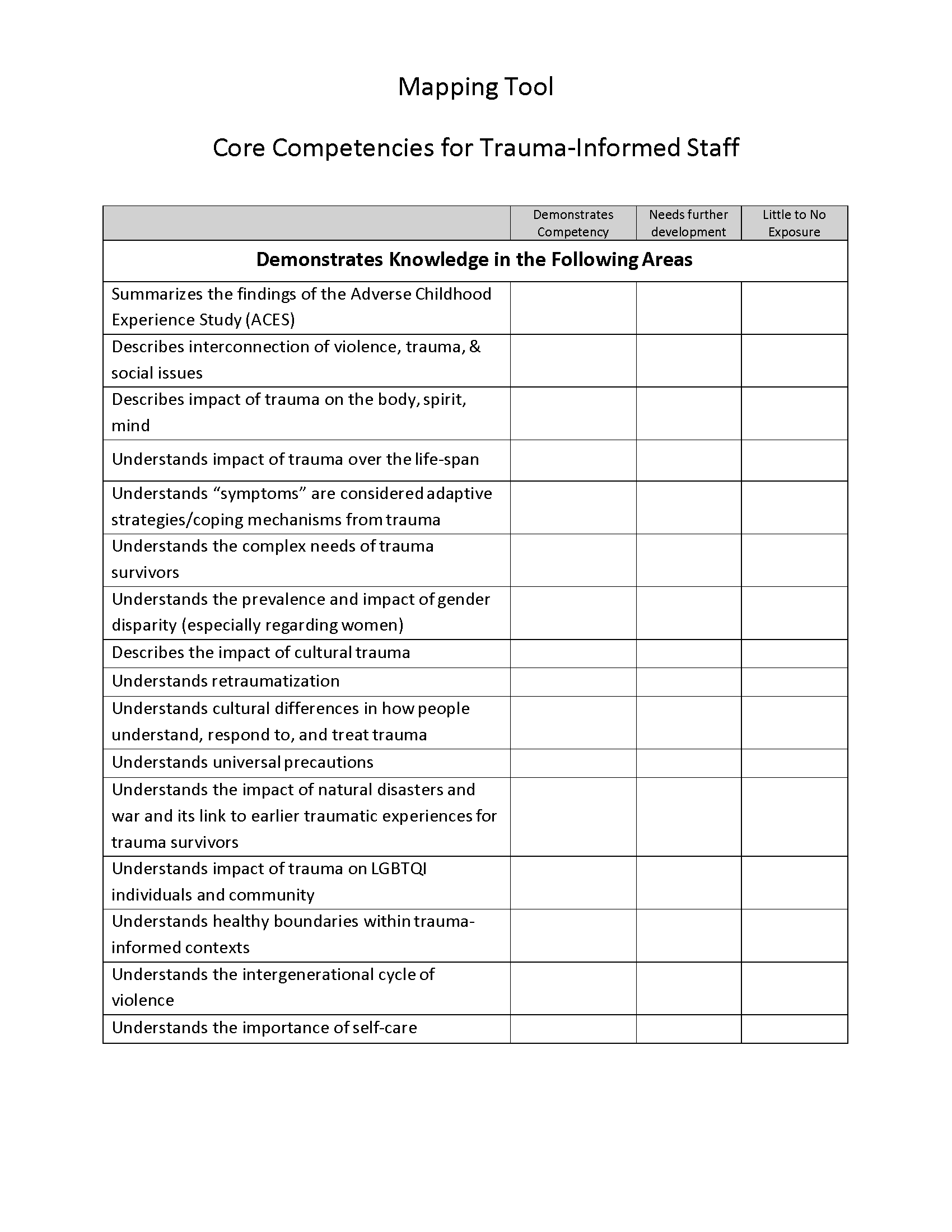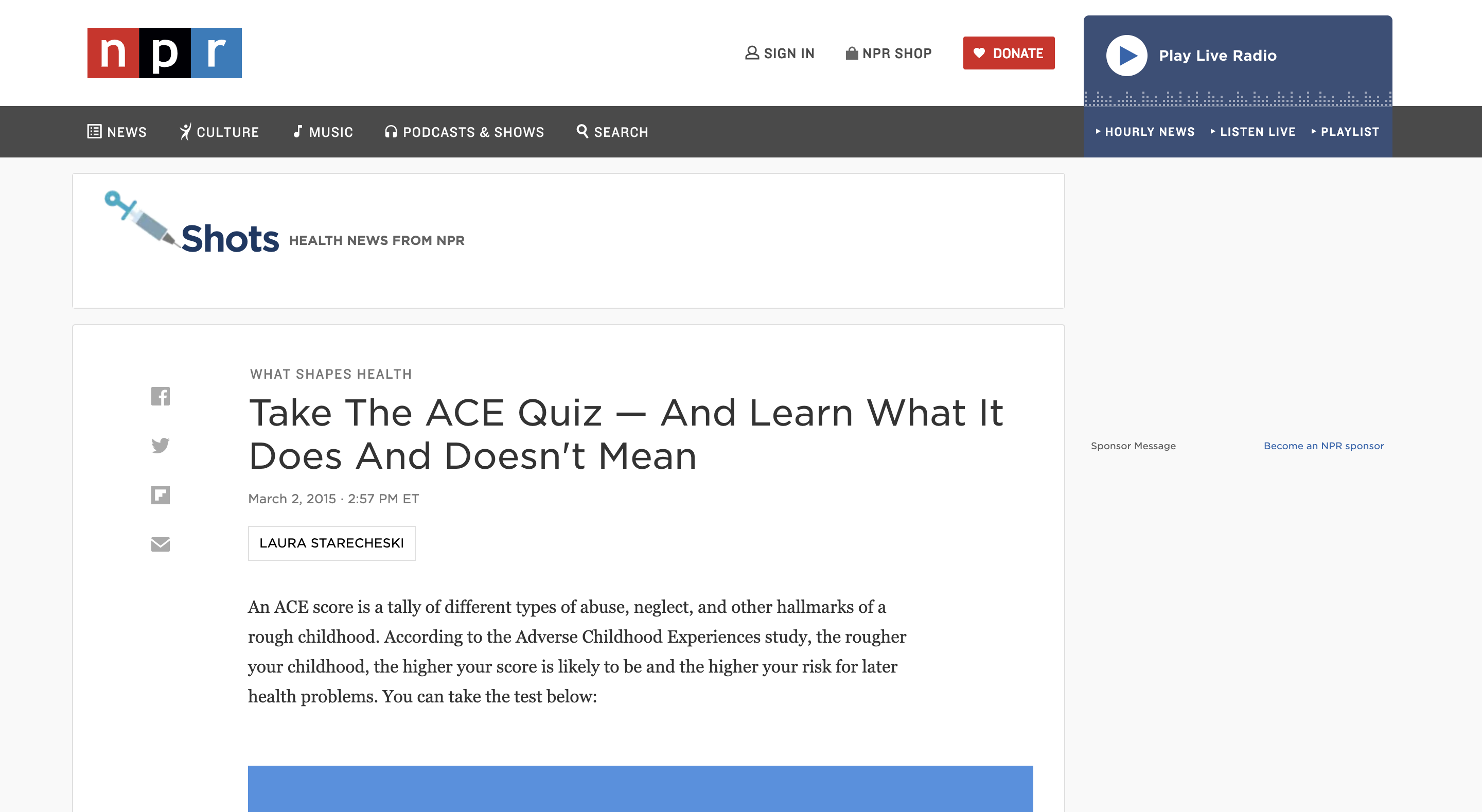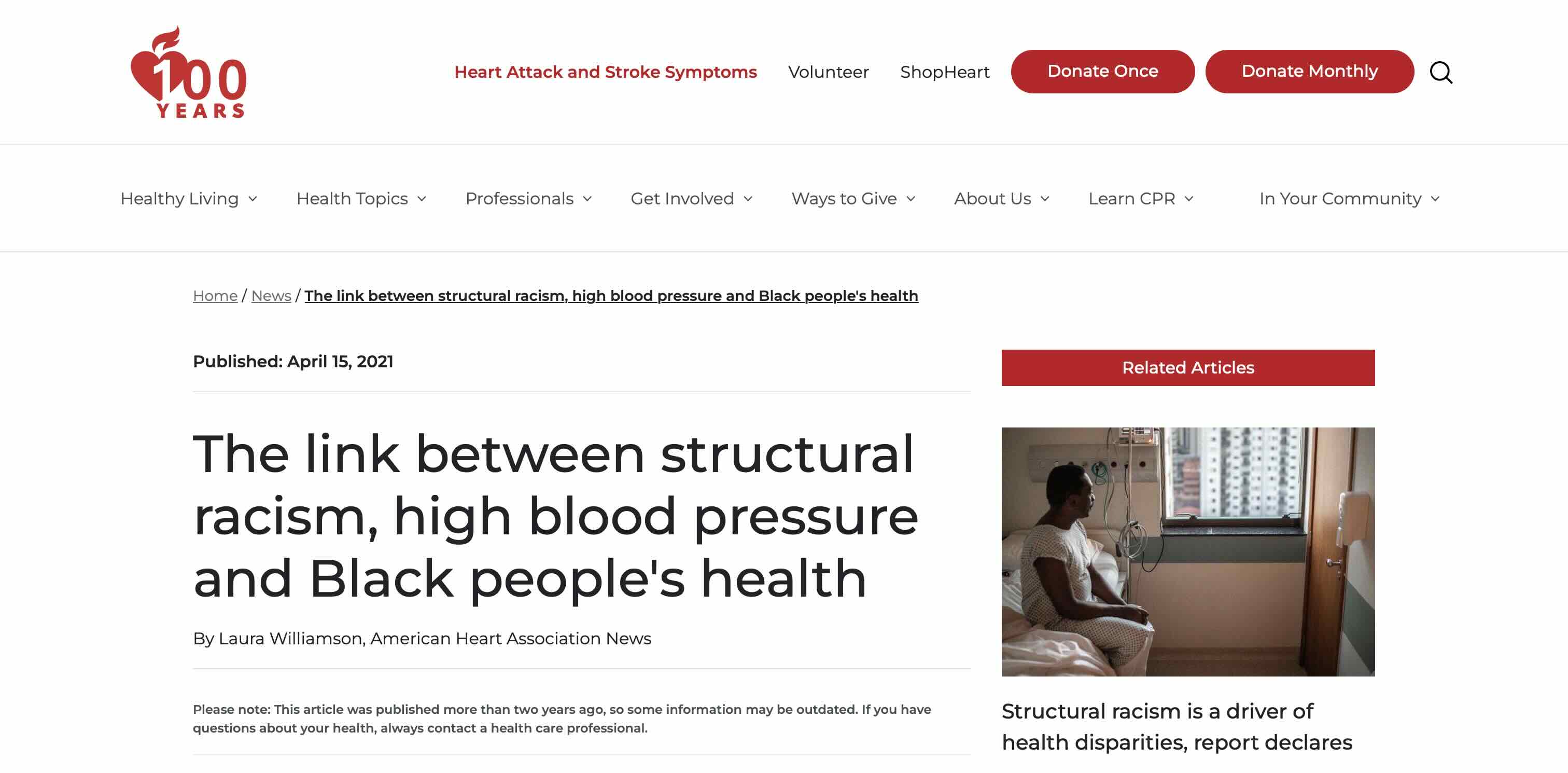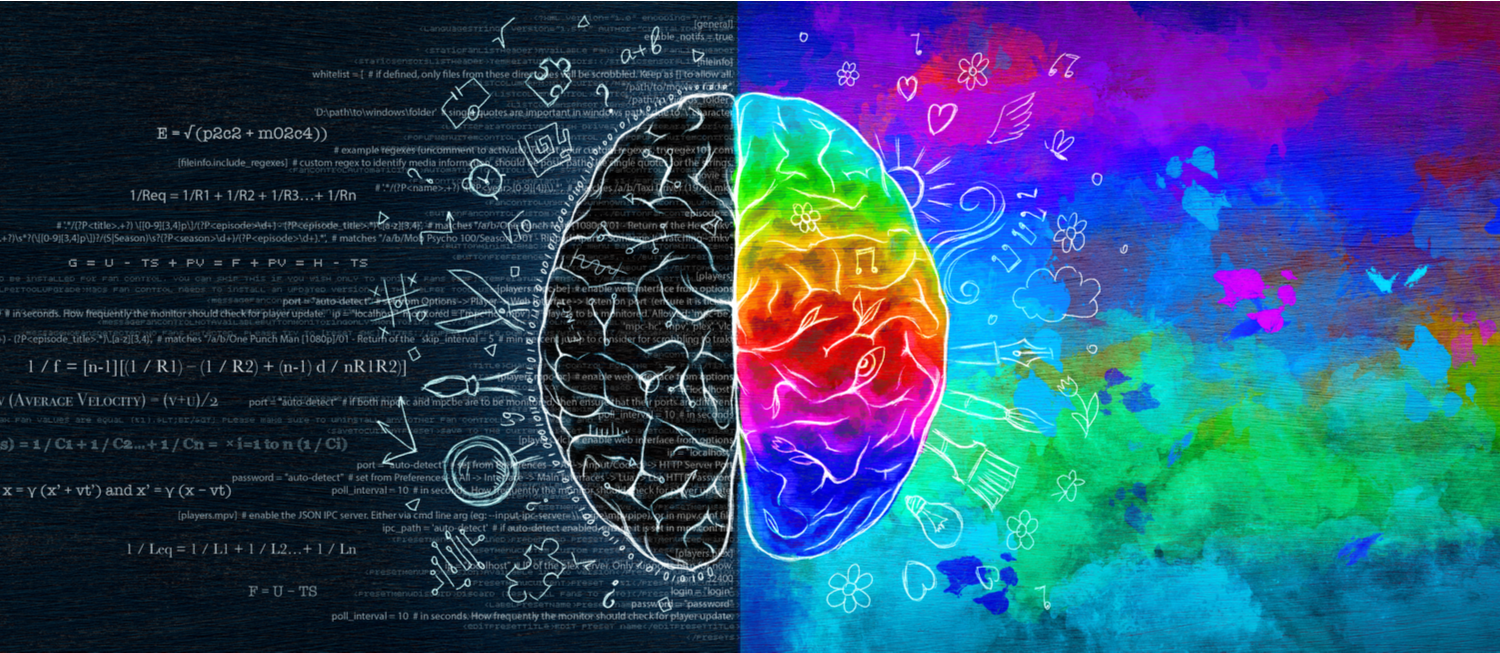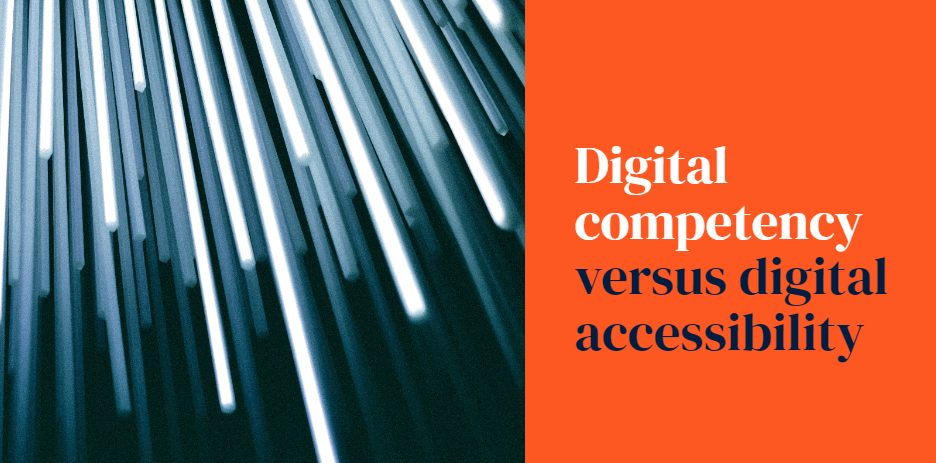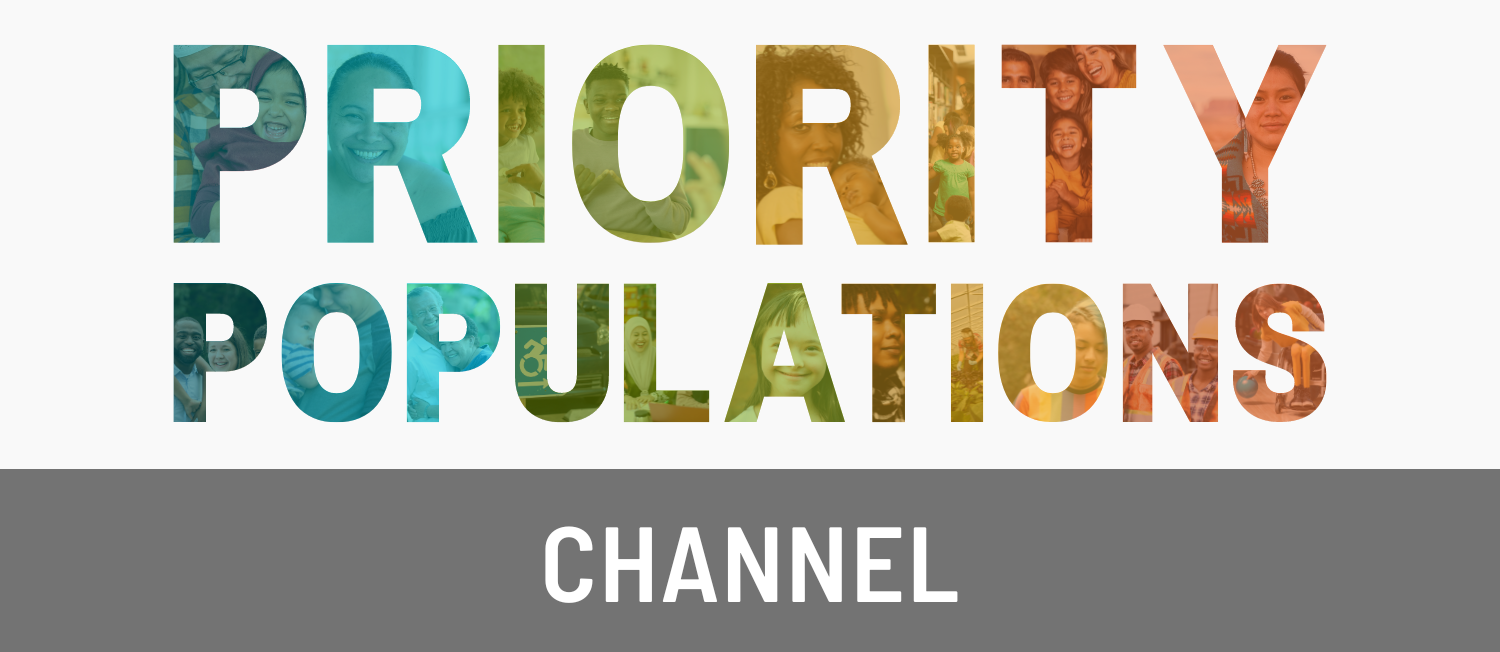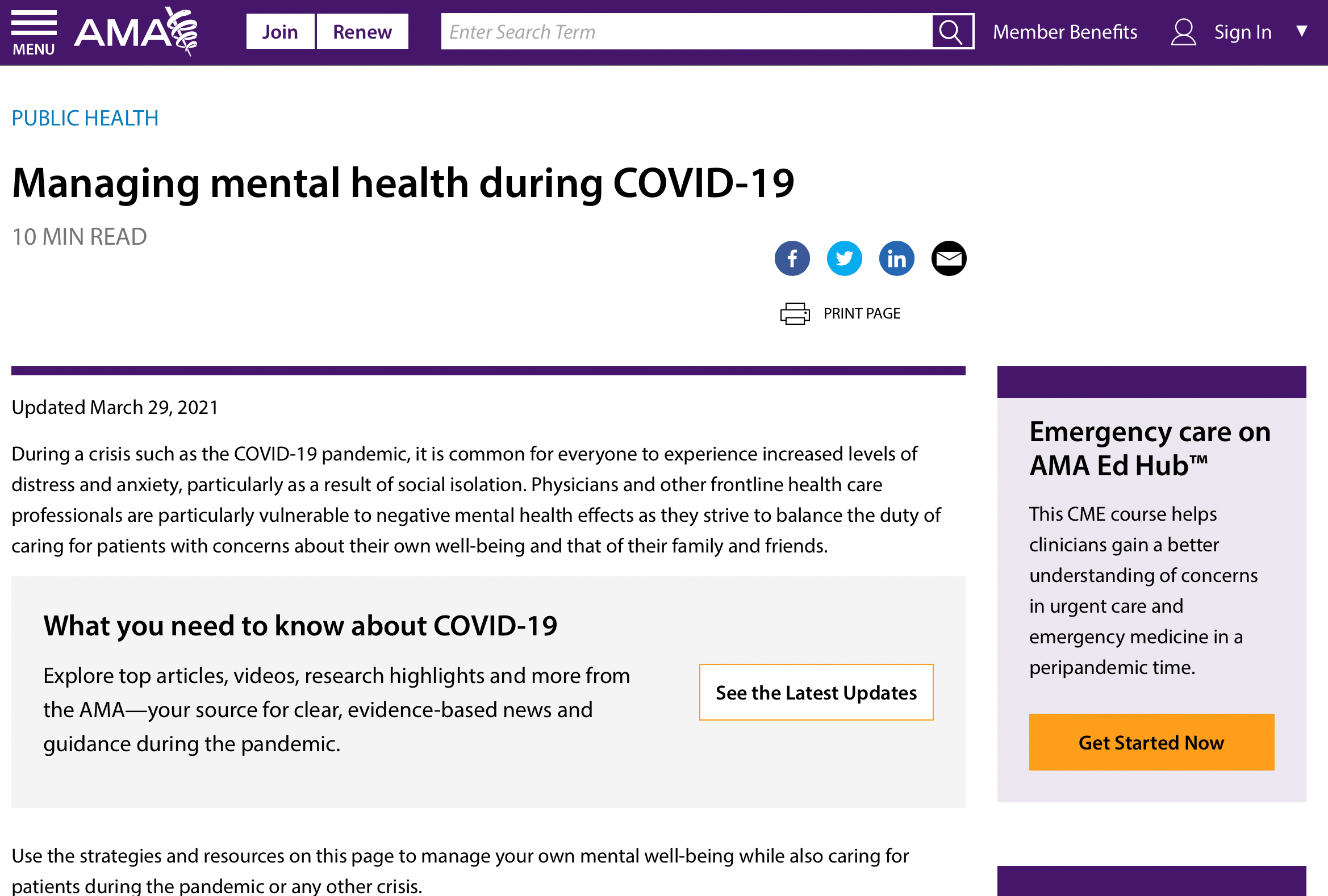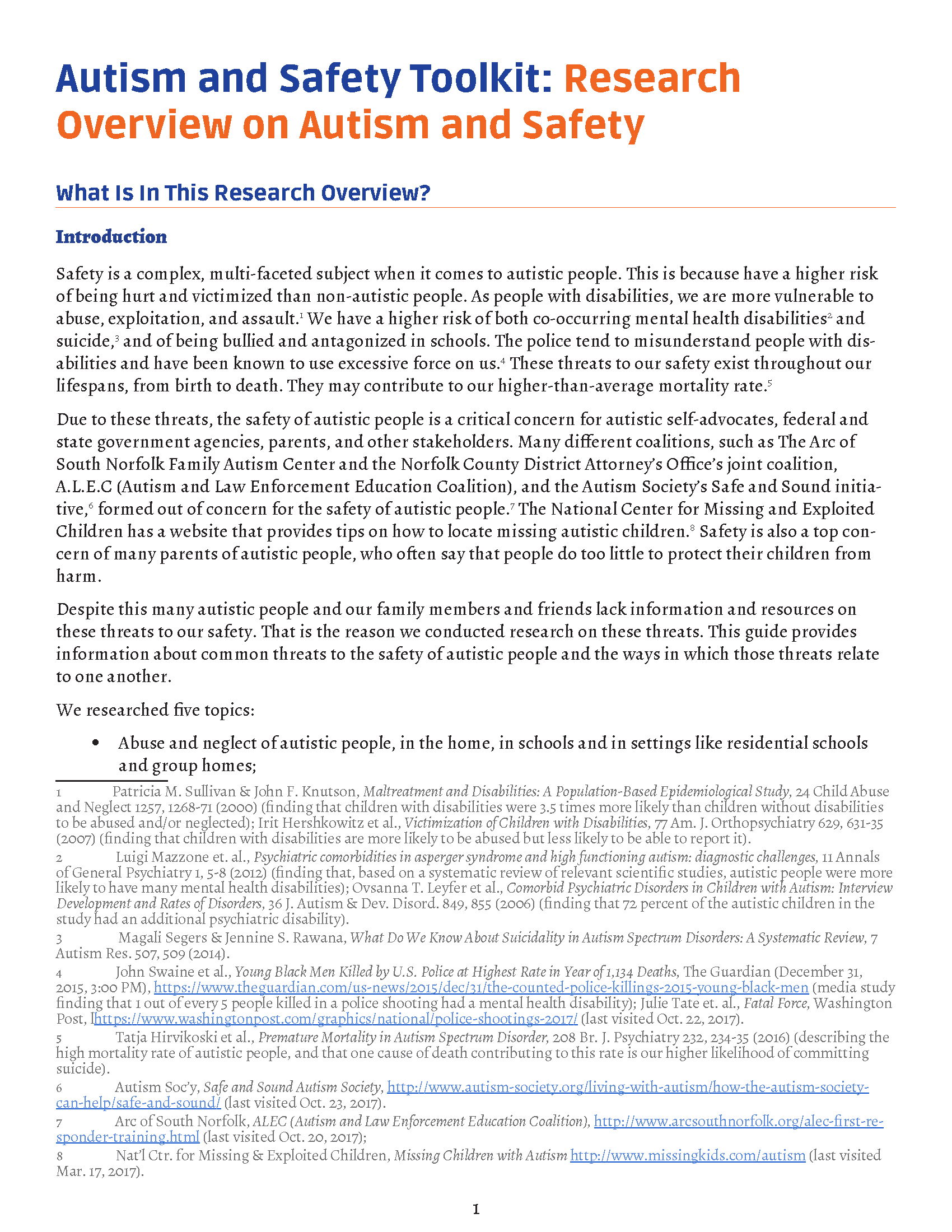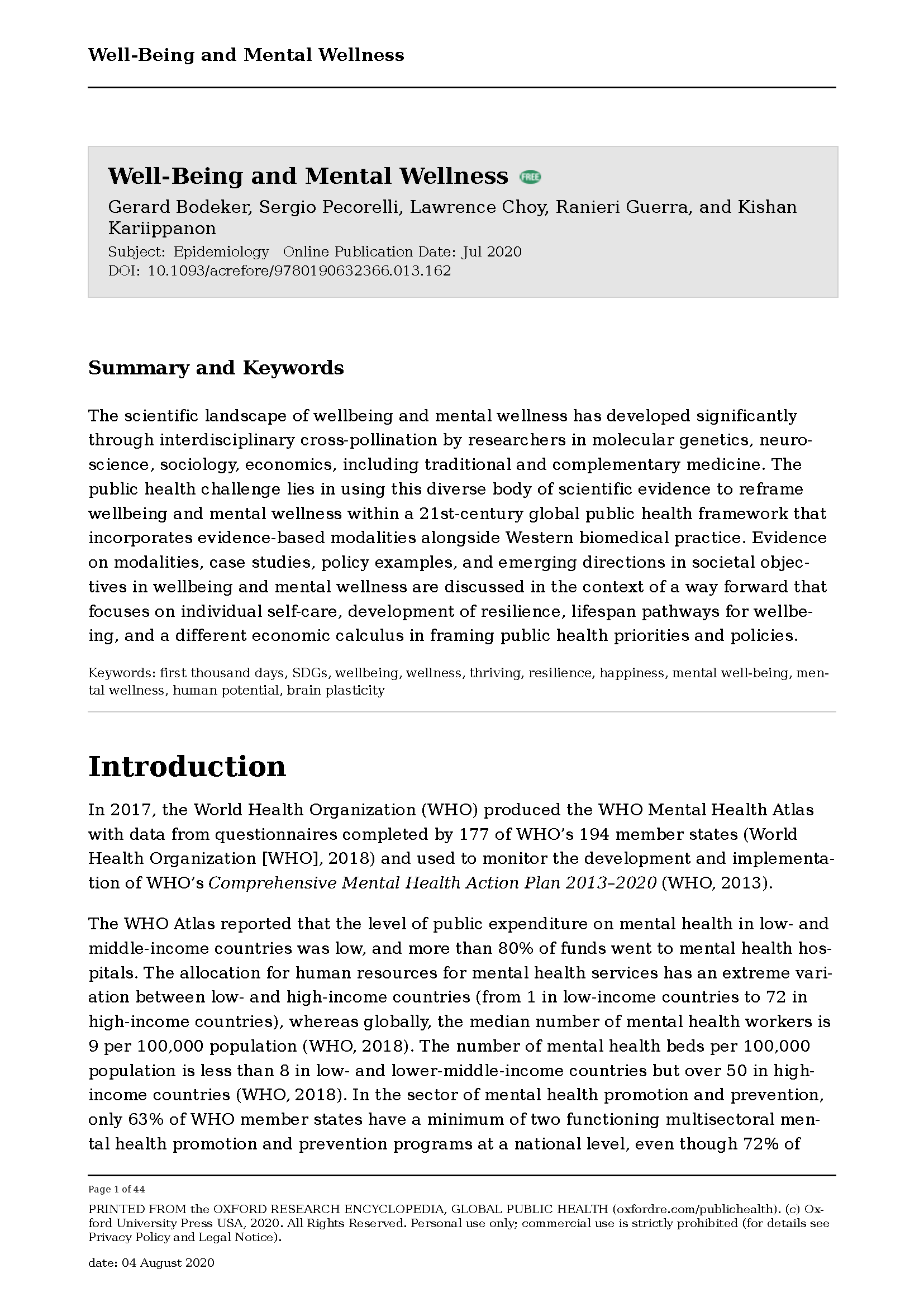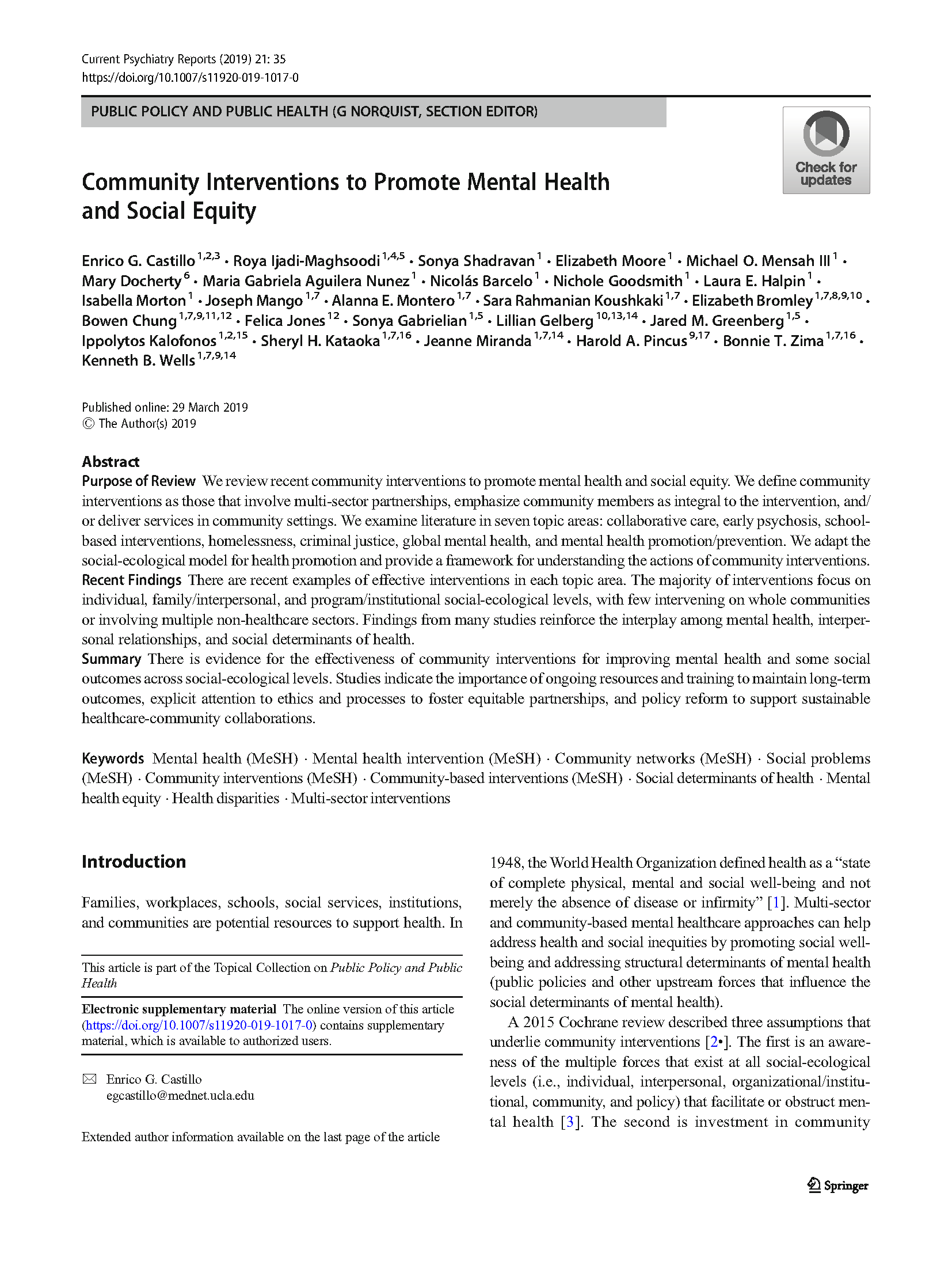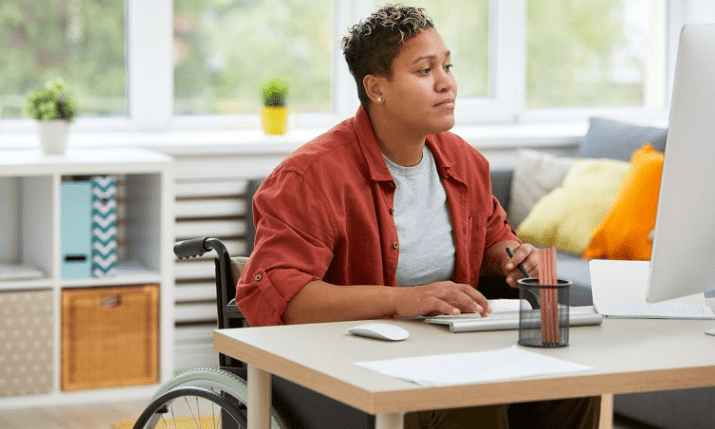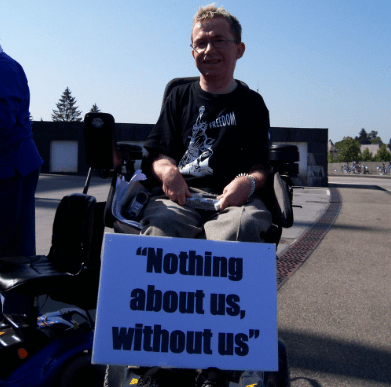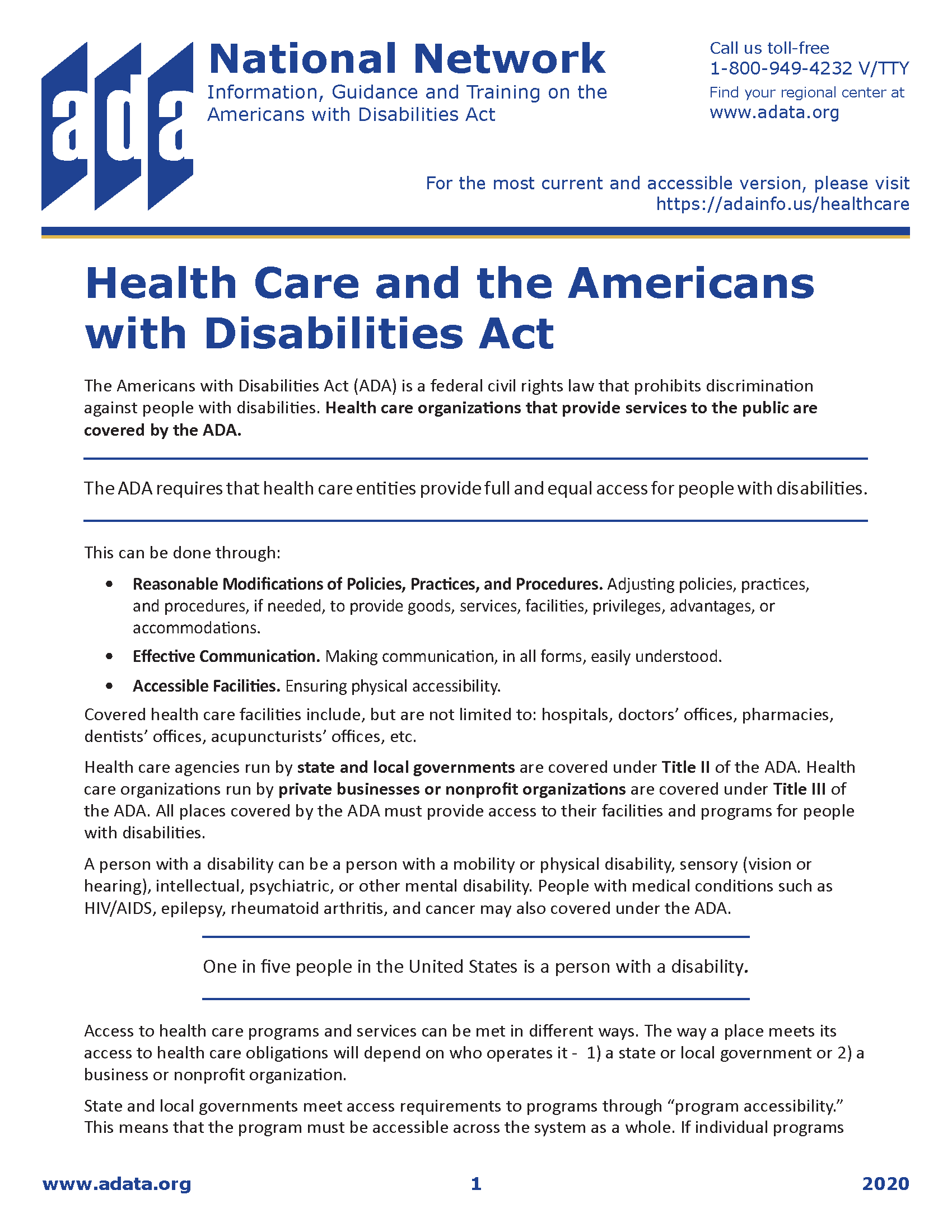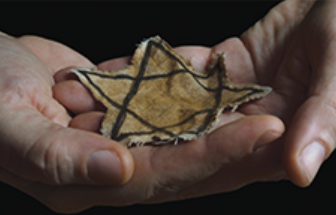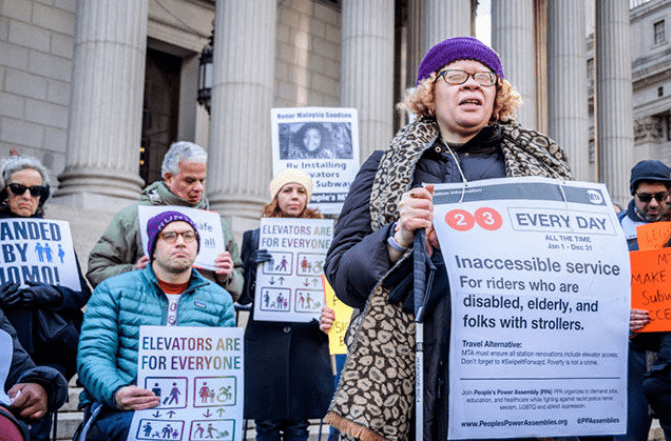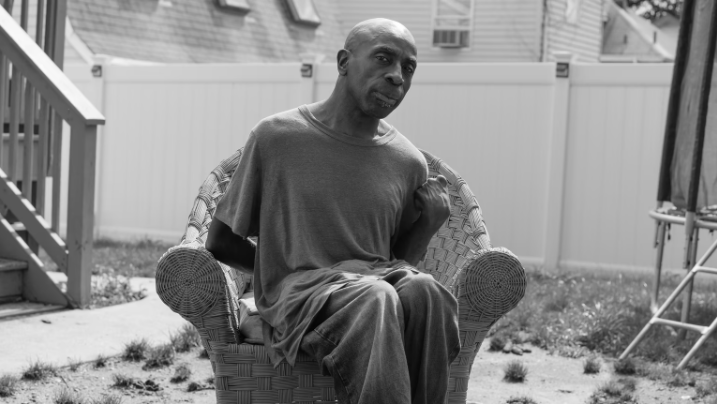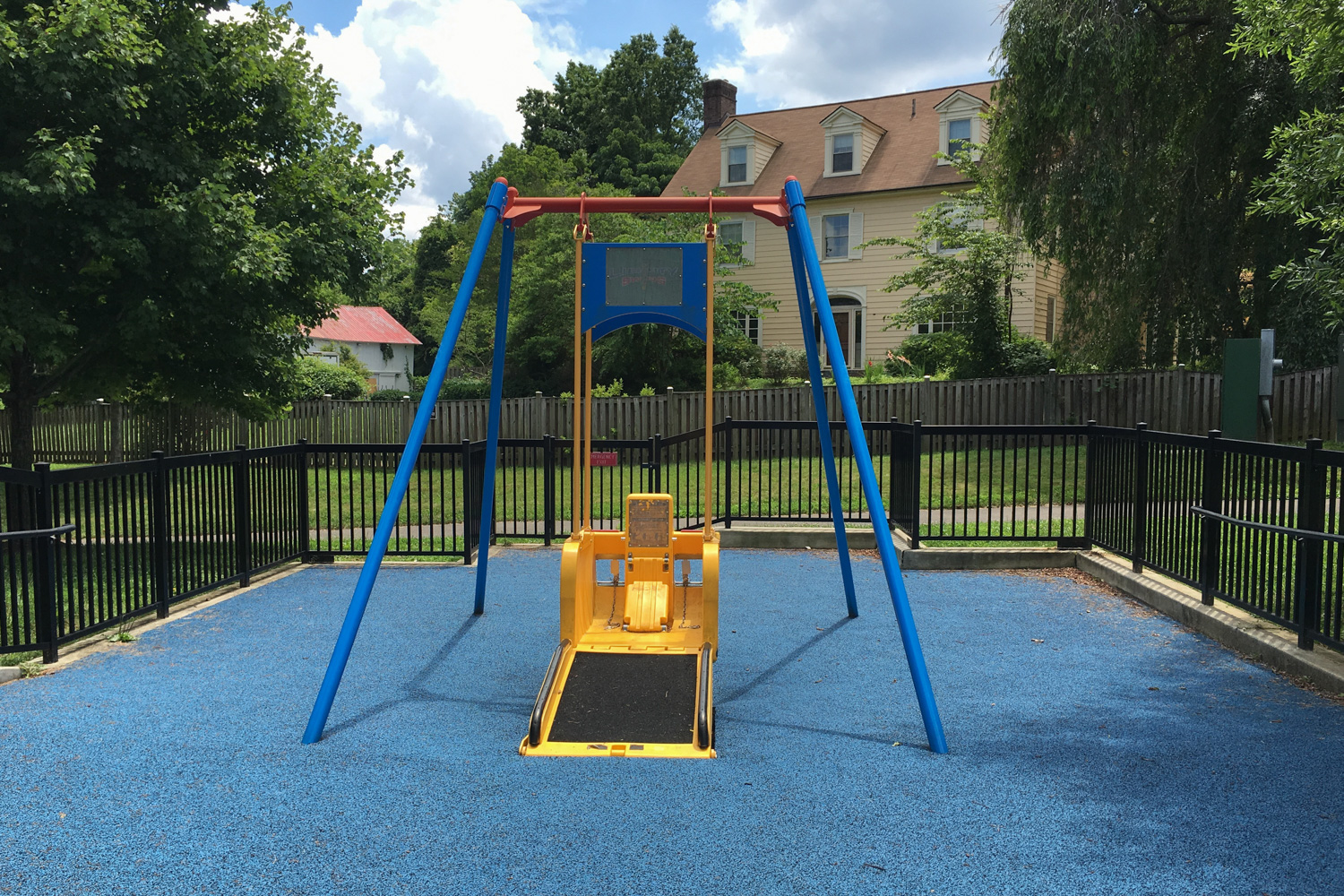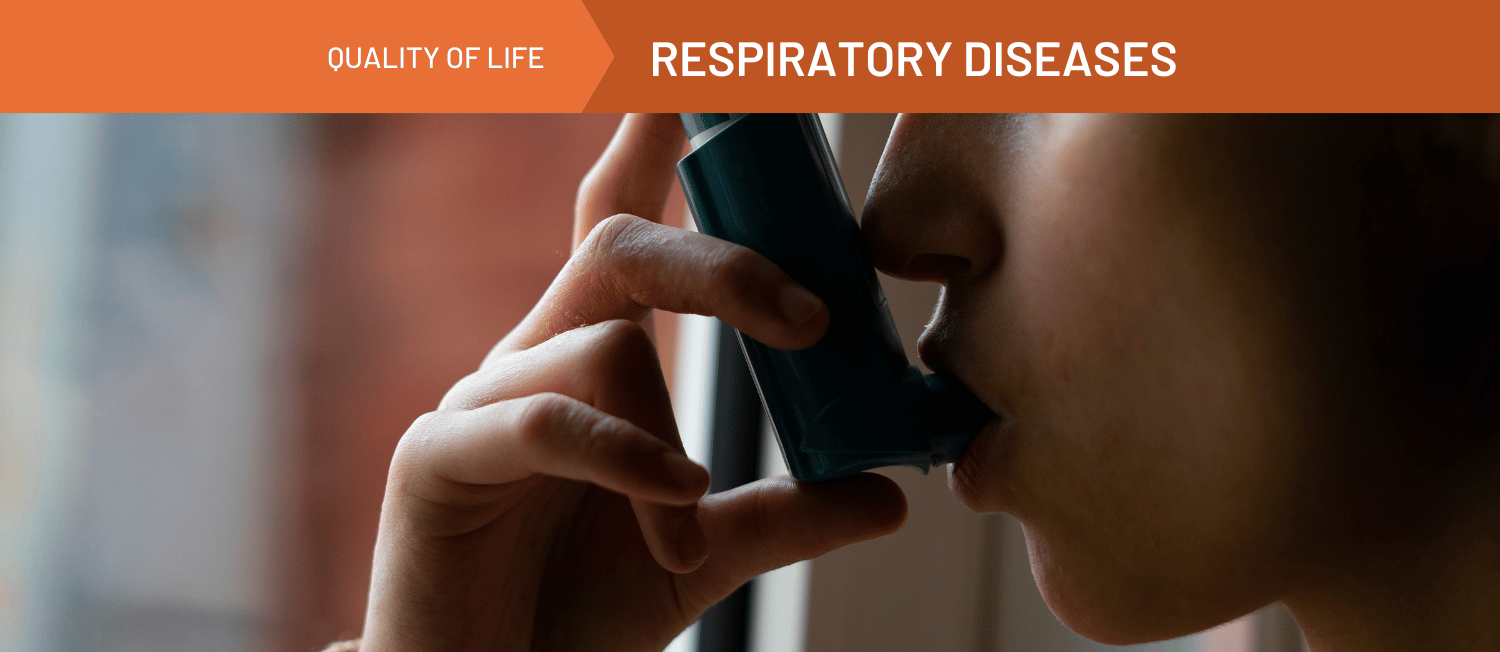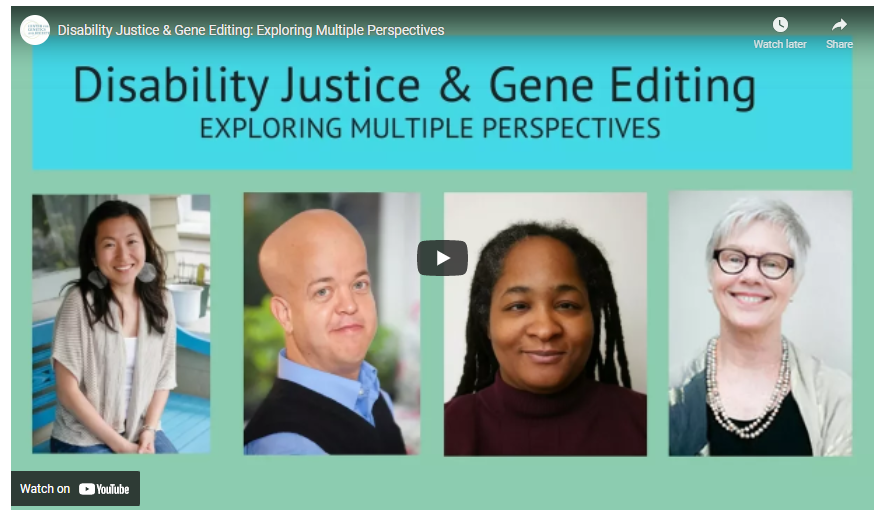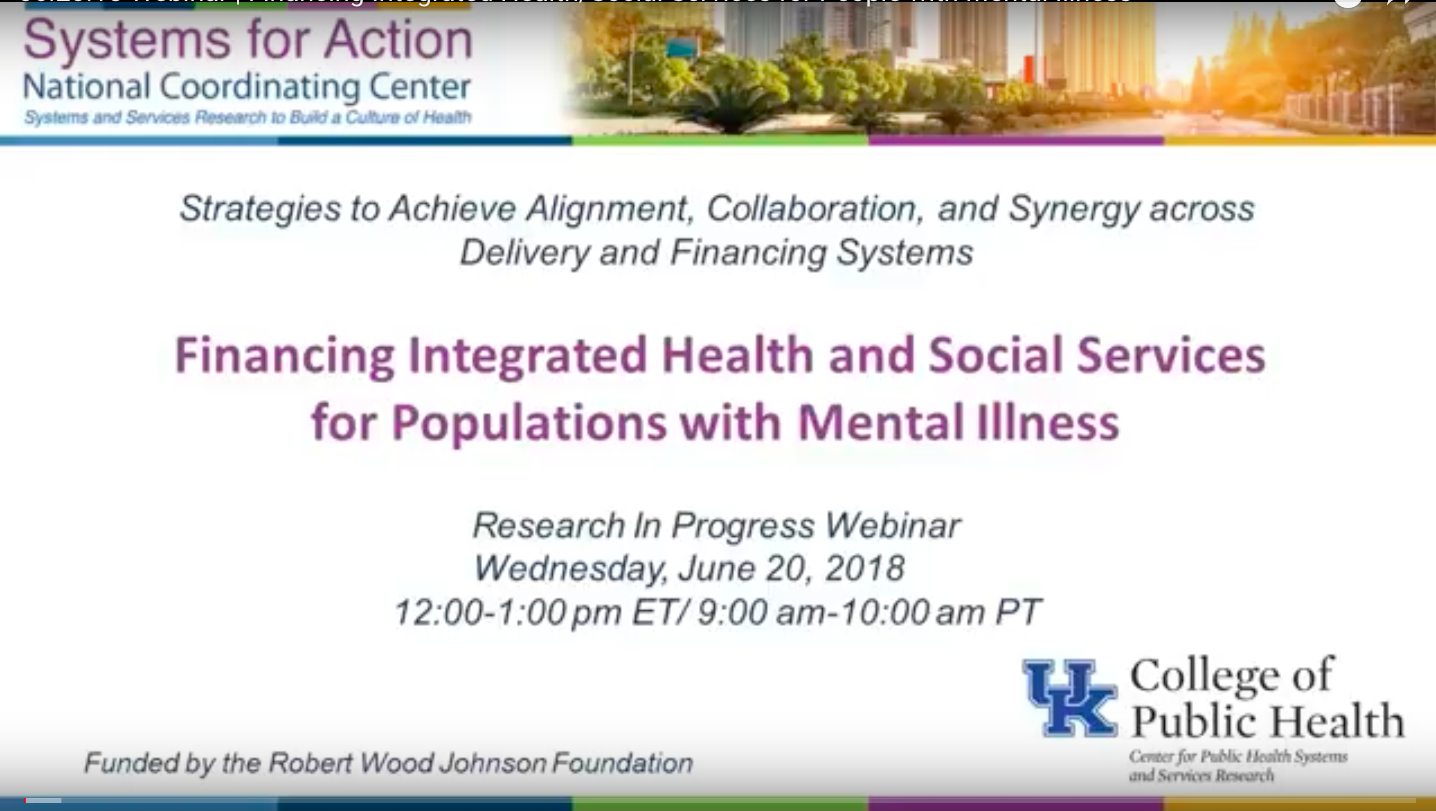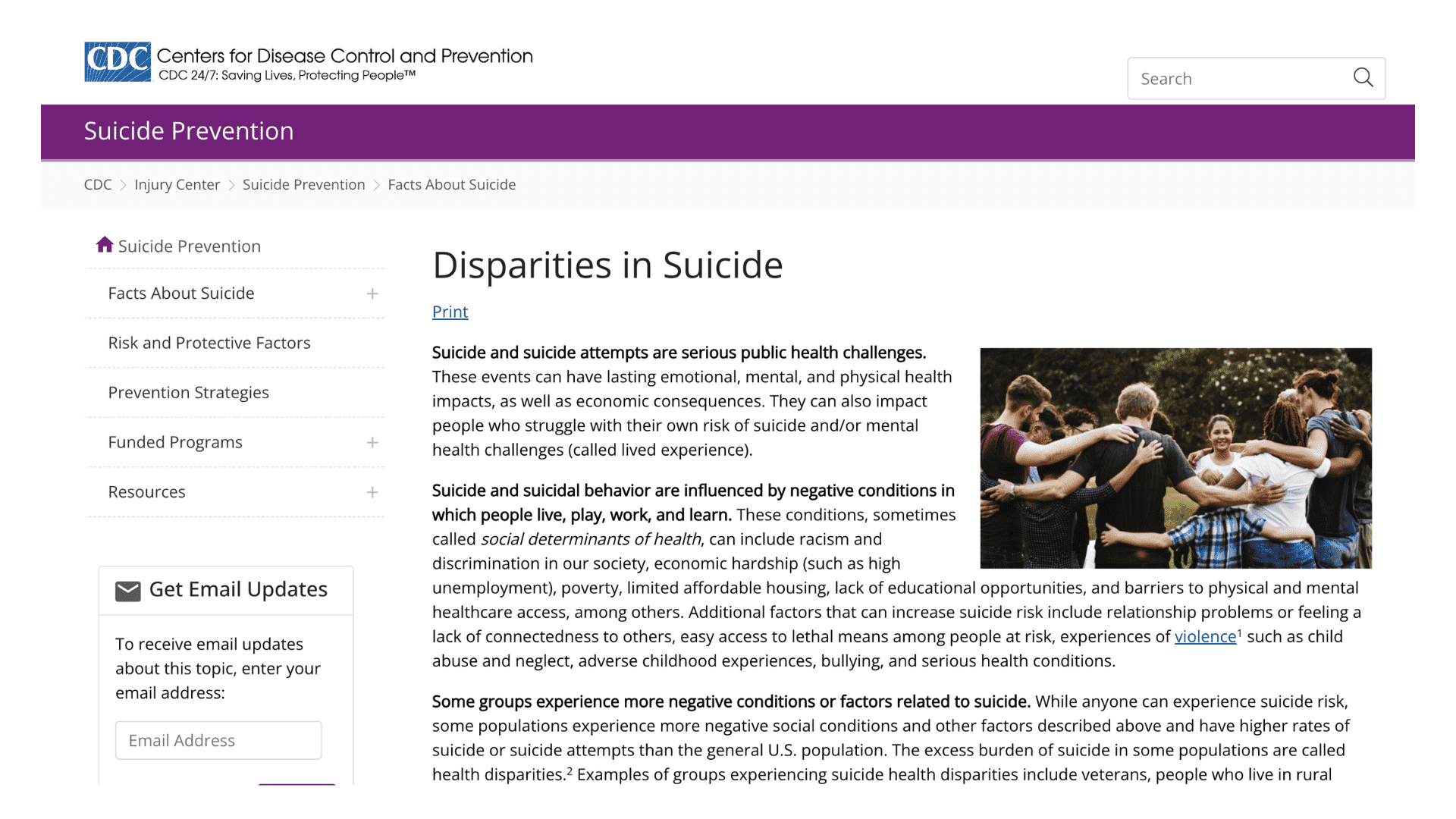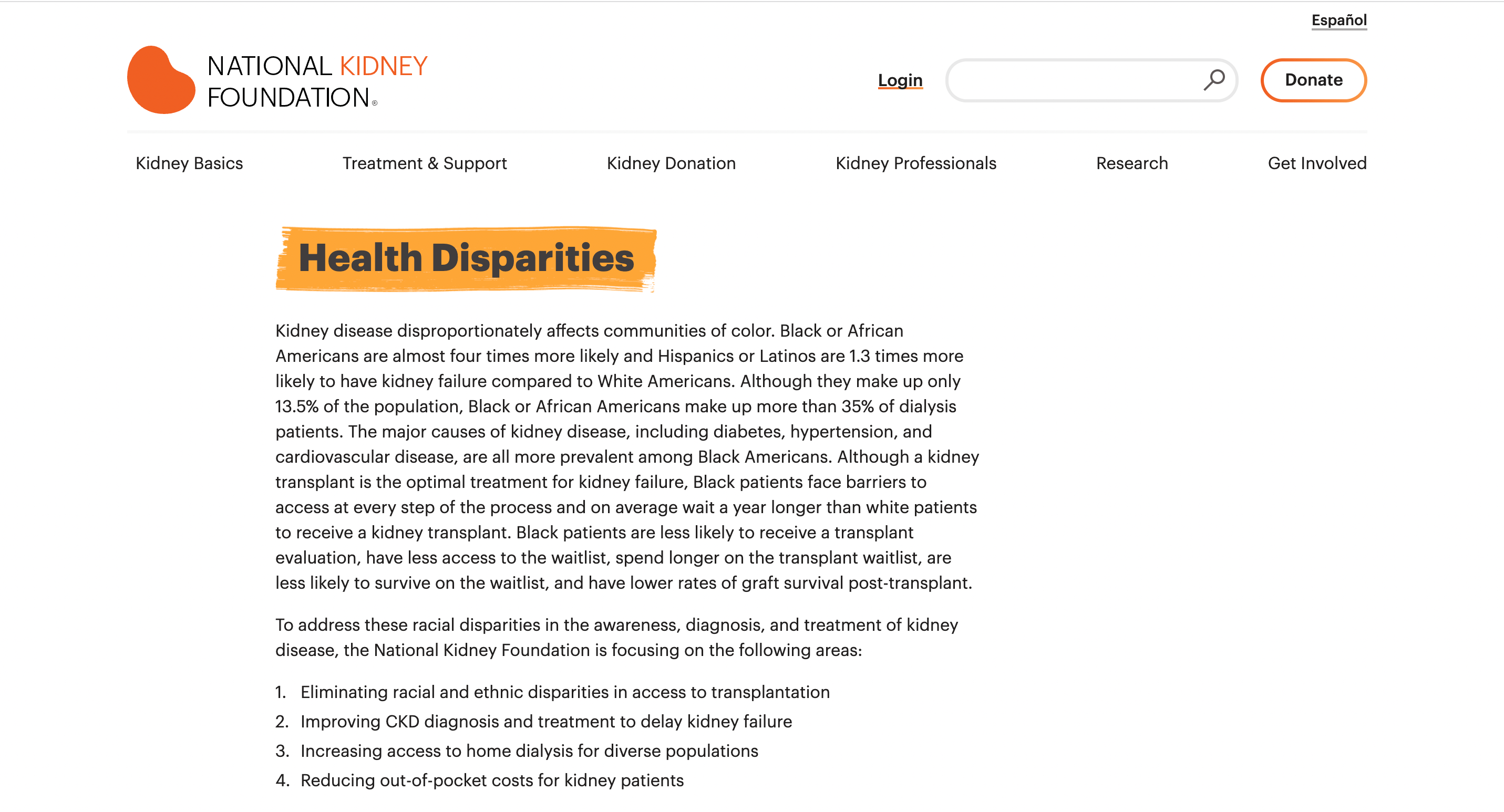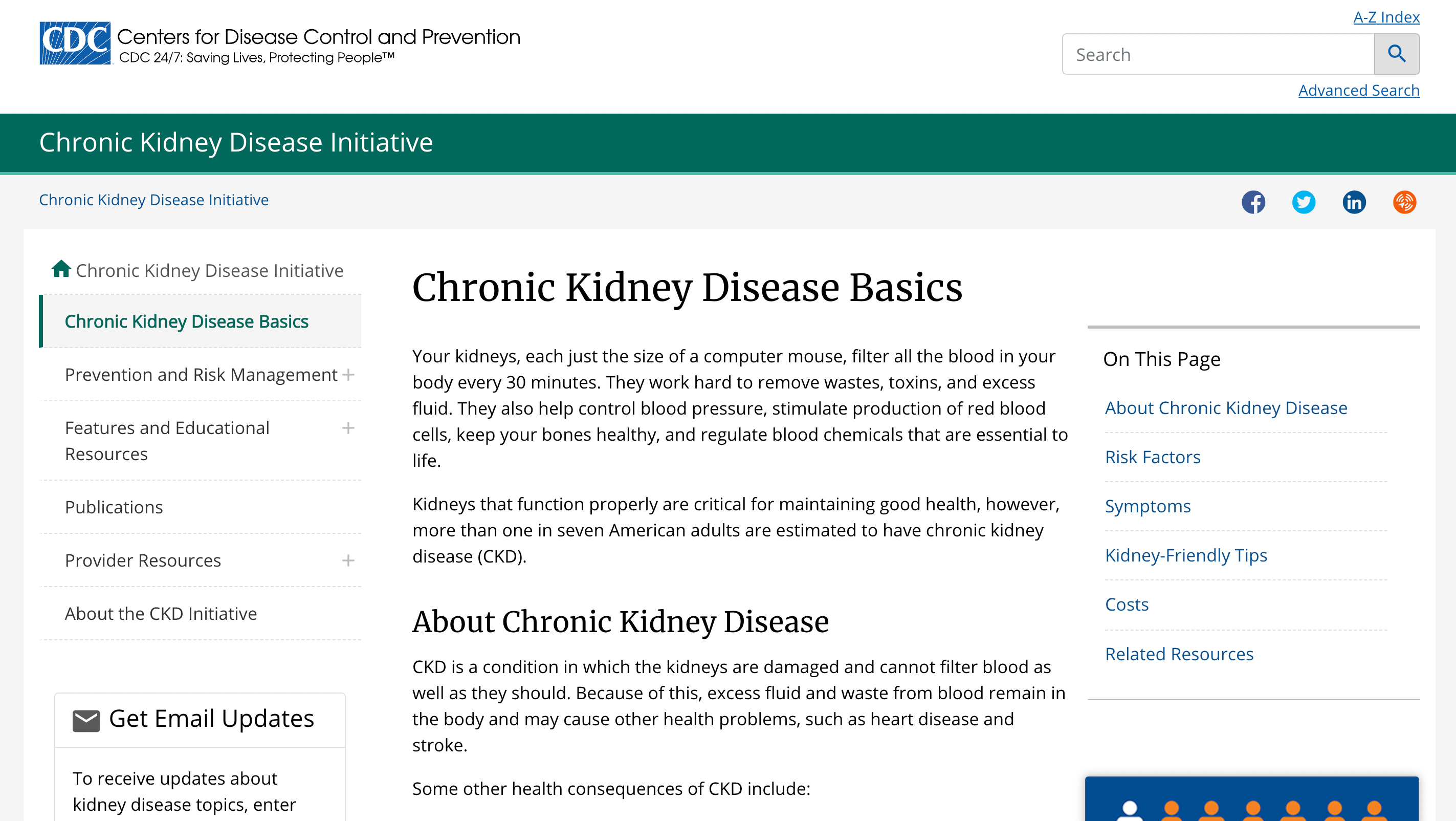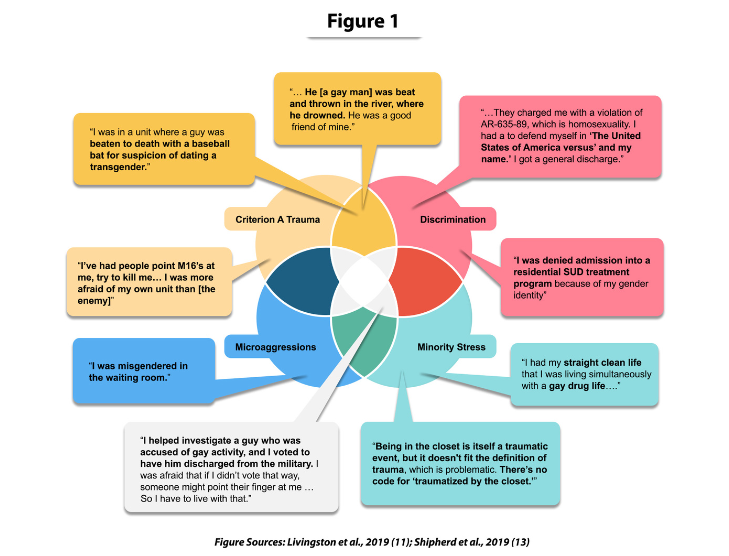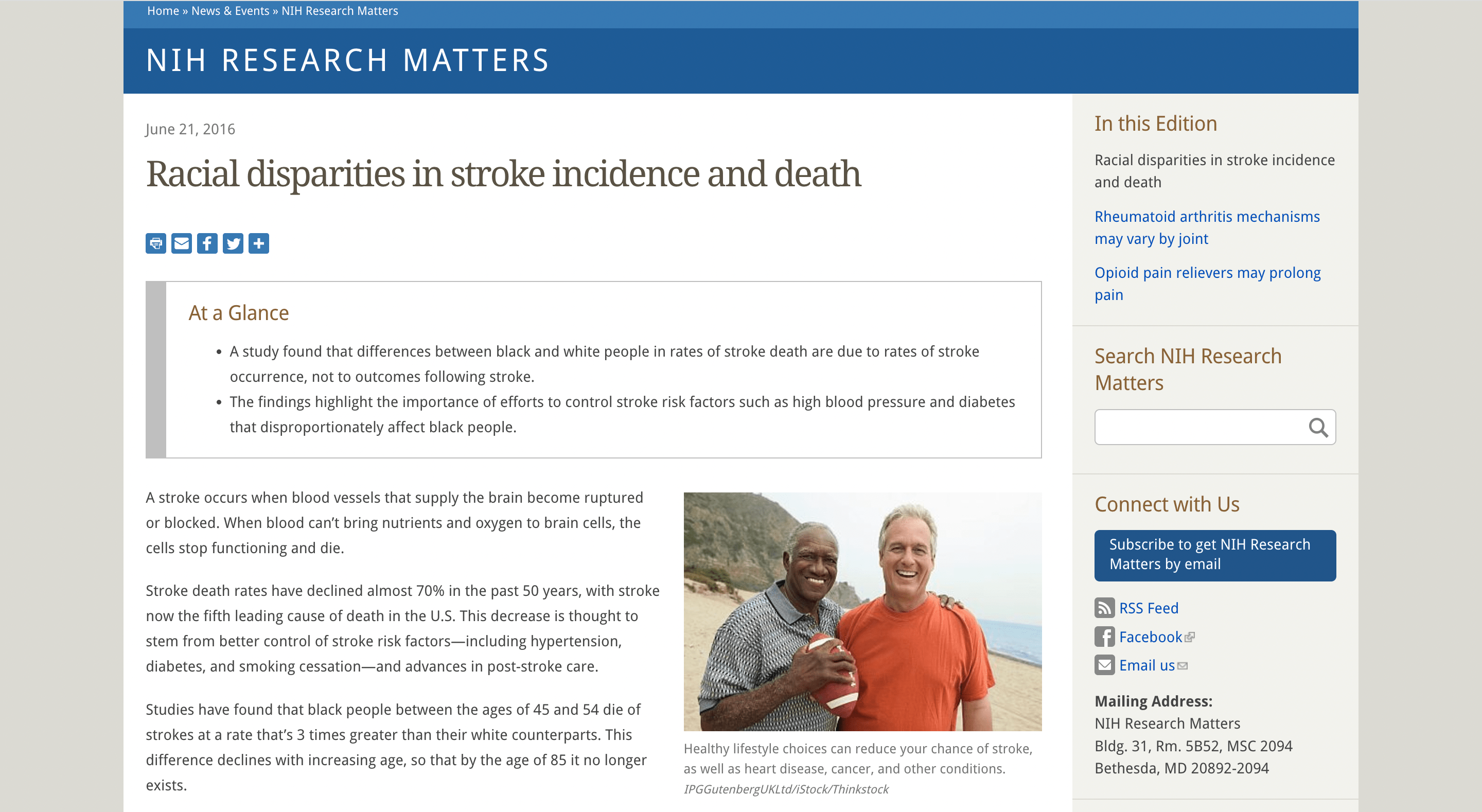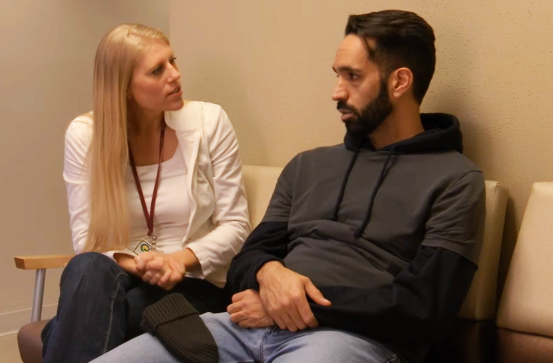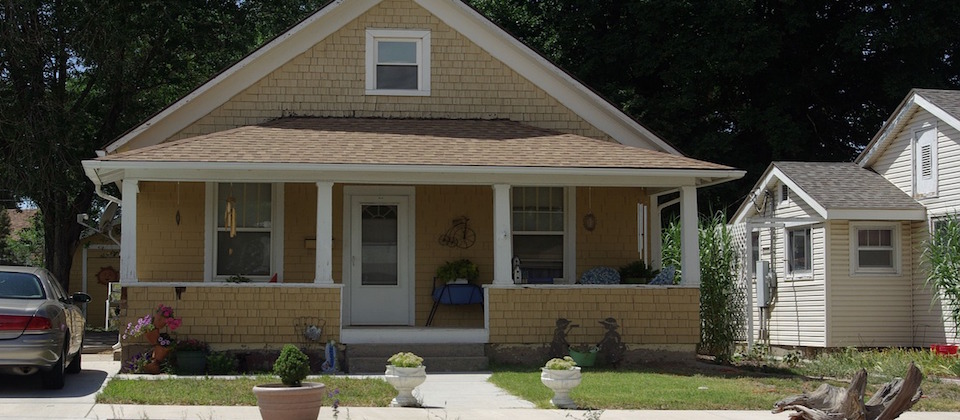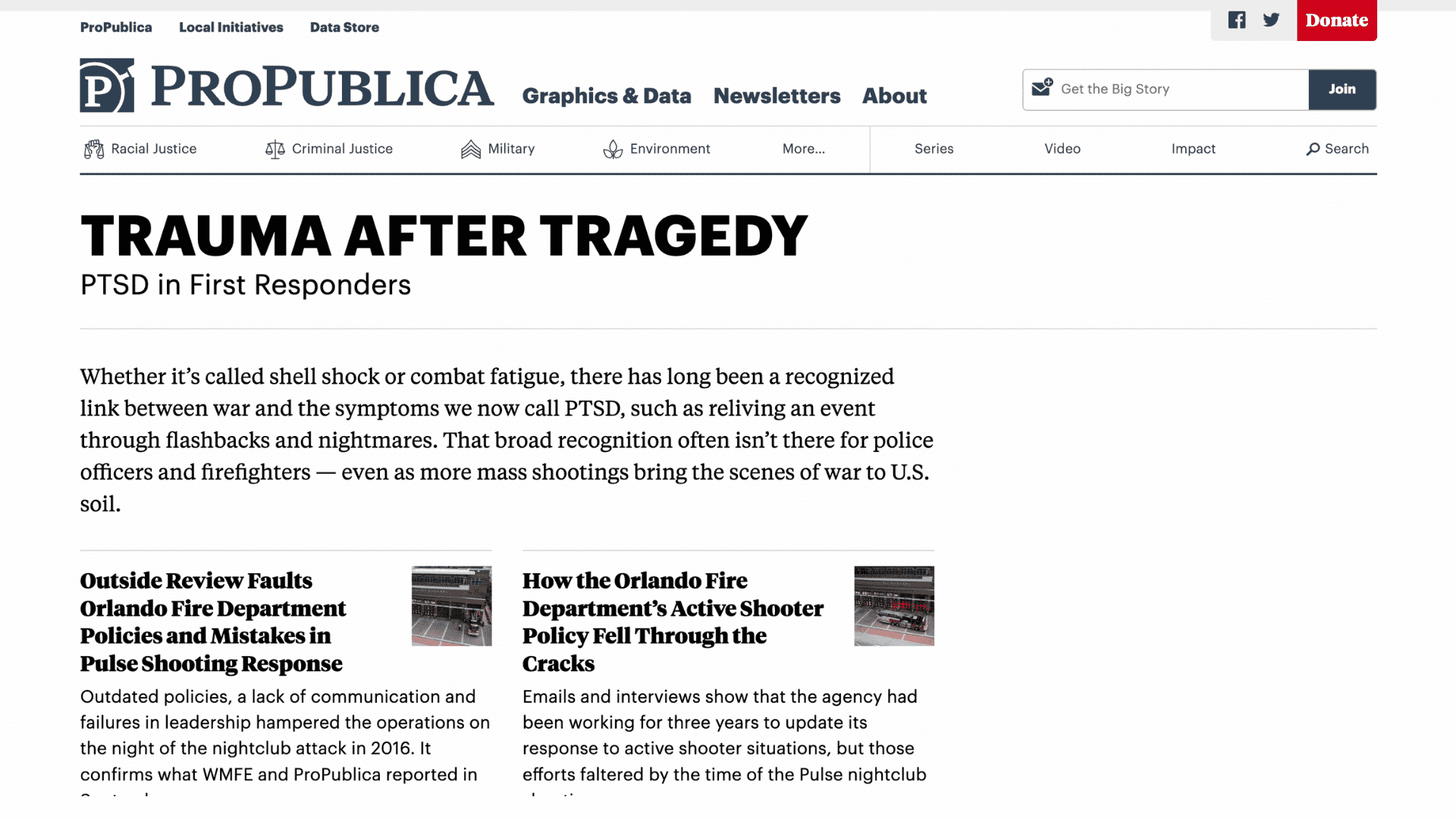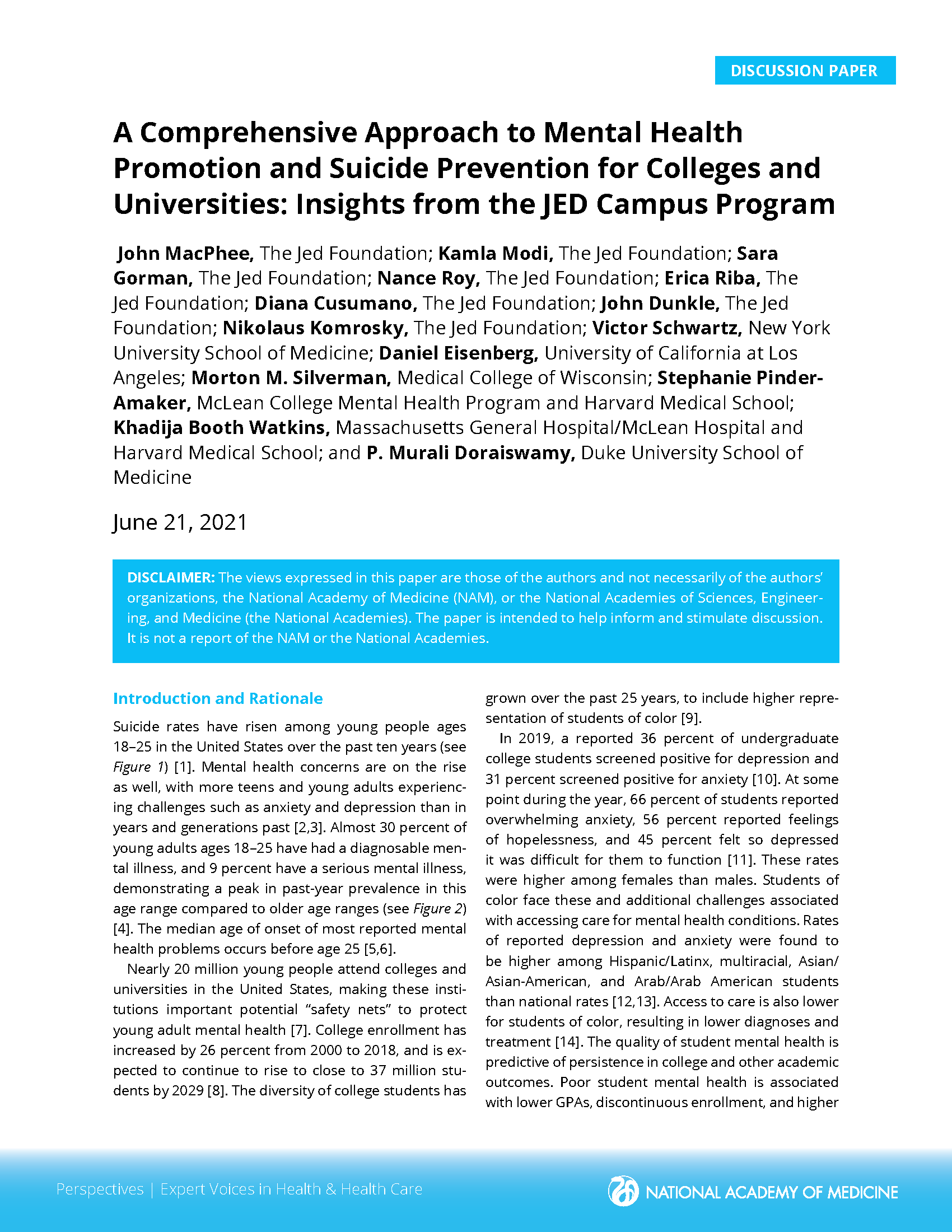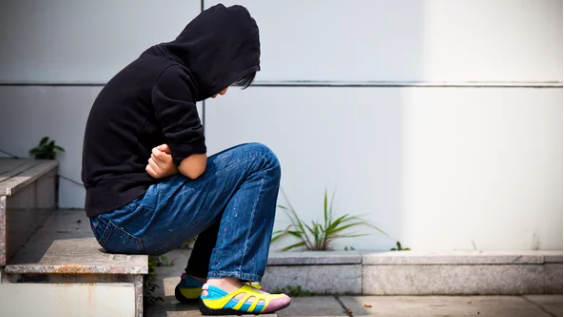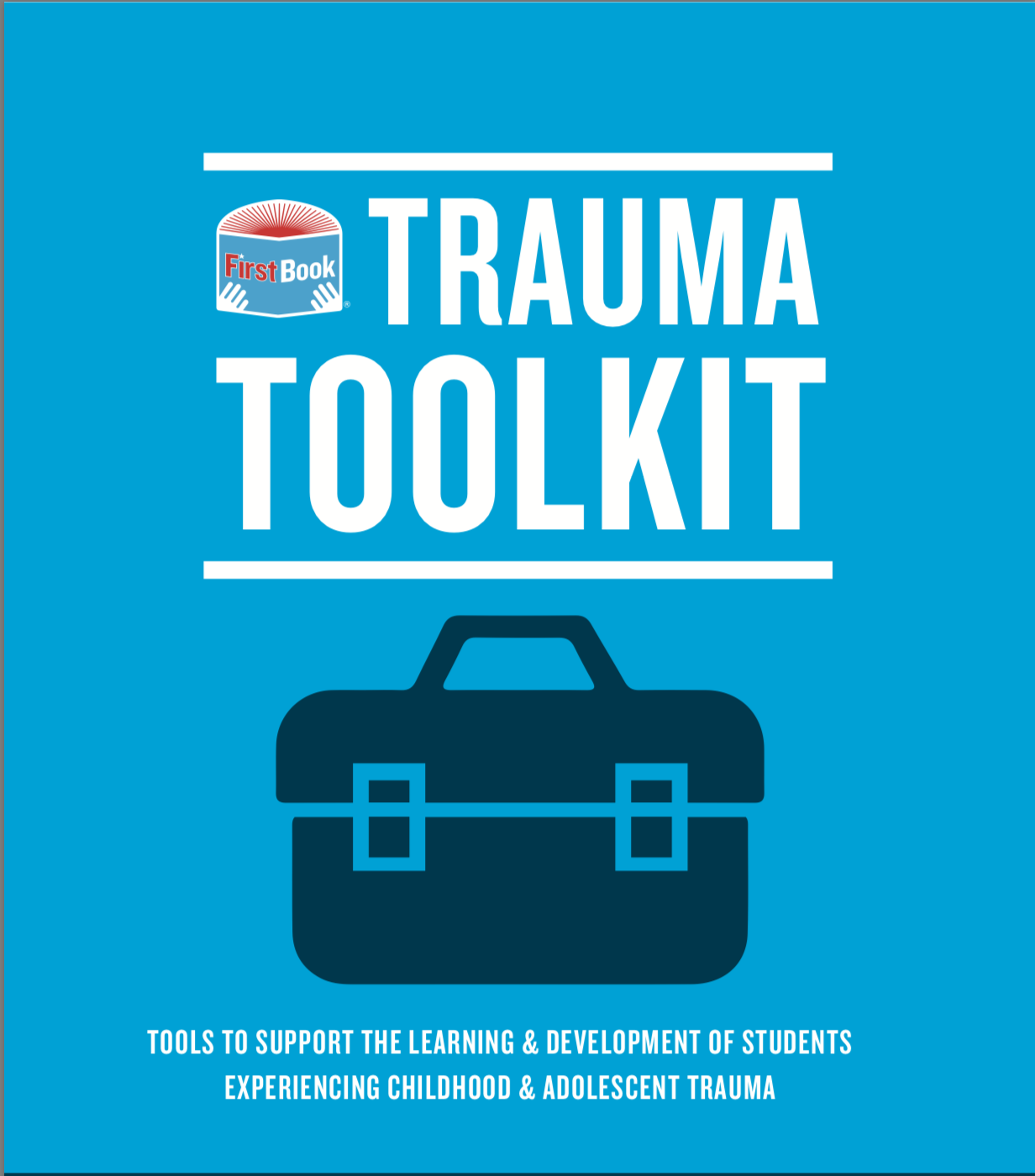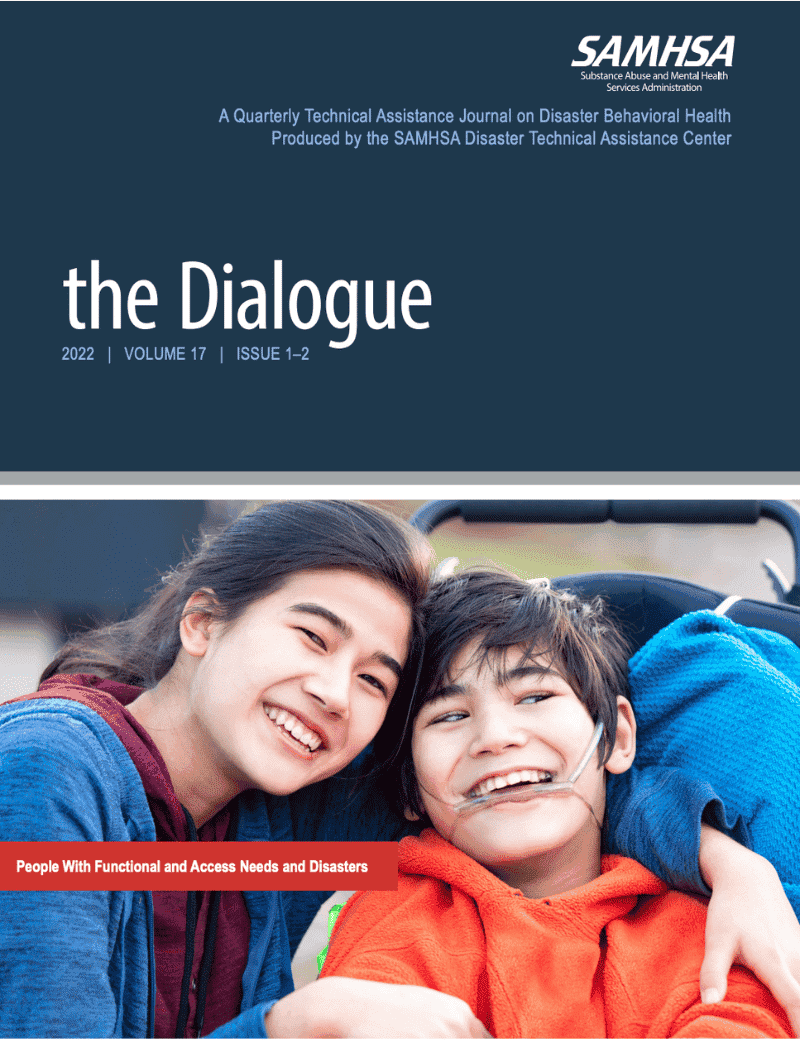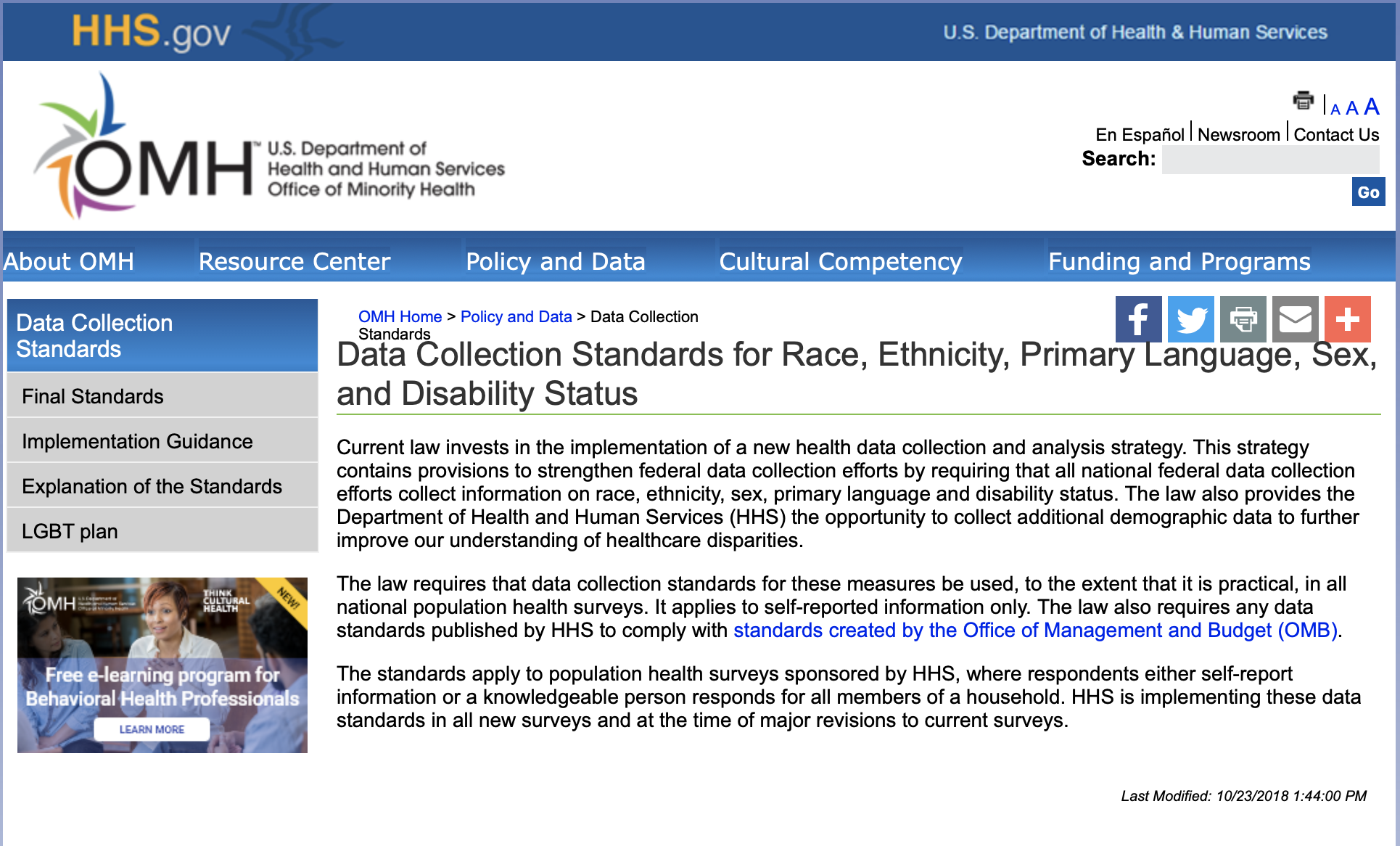Accessibility and Disability Equity Library
Embed Card
People with disabilities belong everywhere and deserve equitable access to employment, education, housing, healthcare, and recreation. They have made immense contributions to all aspects of life and culture in the United States, despite being historically excluded from many of the fields they impact. Today, 26% of adults in the U.S. (61 million people) live with a disability. The disabled community has made great strides in advancing accessibility and equity, but disabled people still disproportionately face negative health and mental health outcomes. Long histories of misunderstanding, abuse, lack of care, stigmatization, discrimination, and unequal rights have created deep inequities for people with disabilities. Disabled people are more likely to live in poverty, experience trauma, face barriers to care, and struggle with suicidal ideation than their able-bodied peers.
Disabled people who are living in poverty, located in rural communities, LGBTQ+, Black, Indigenous, and/or of color are most impacted, with risk factors including:
Higher prevalence of disabilities in communities of color (35% of Black people aged 44-65 and half of Black people over 65 have a documented disability) and in the LGBTQ+ community (more than one third of LGBTQ+ adults and 39% of transgender people identify as having a disability)
Worse health outcomes for disabled people of color: 55.2% of Hispanic and 46.6% of African American individuals with disabilities report fair or poor health, compared with 36.9 percent of white disabled individuals
Lower socioeconomic statuses for disabled people of color and LGBTQ+ people
Fewer education and employment opportunities for disabled people of color and LGBTQ+ people, as well as greater difficulty securing appropriate accommodations and higher risks of discrimination in school and work settings
Law enforcement-related violence and deaths of disabled people of color, especially Black disabled people
Significant gaps in services, accessibility options, and accommodations for disabled people living in rural areas, many tribal communities, and locations with high rates of poverty
A New Focus on Community Commons
Health Equity Libraries on Community Commons build capacity for changemakers to advance equity for a specific priority population by sharing relevant resources. Priority populations are exploration avenues on Community Commons that represent diverse groups, communities, demographics, identities, statuses, and people with lived experiences. They connect users directly with populations of interest, lift up important underserved groups, and help root our work in equity and justice.
Importantly, we acknowledge that people are not defined solely by the population groups to which they belong—many factors contribute to what makes people who they are, and most people belong to more than one priority population group. These libraries are designed to break down silos and support changemakers working to advance equitable well-being by making people-centered content more discoverable on Community Commons.
Resources curated for Health Equity Libraries:
Share practical, actionable strategies to guide on-the-ground work
Provide access to data and scientific articles that build the case for equity and its relation to well-being
Lift up stories and lived experience from people in priority populations
The Accessibility and Disability Equity Library highlights 300+ newly-curated resources and stories to advance equitable health outcomes for people with disabilities.
As we have worked to expand and center disability and accessibility content on Community Commons, some key themes have emerged:
Accessibility as central to equity, belonging, and well-being
Shifting dialogue from disabilities as limitations to disabilities as complex, highly personal experiences often tied to identity and disability culture
Sourcing and leveraging accurate data on disabilities and disabled people
Centering intersectional perspectives, especially LGBTQ+ and BIPOC voices
Disproportionate impacts of disabled people with multiple marginalizations, including histories of trauma
COVID-19 as a magnifier, emphasizing existing strengths and disparities
- Copyright
- 2022
- Published Date
- 09/01/2022
Resources
Assessment
Audio
CC Original
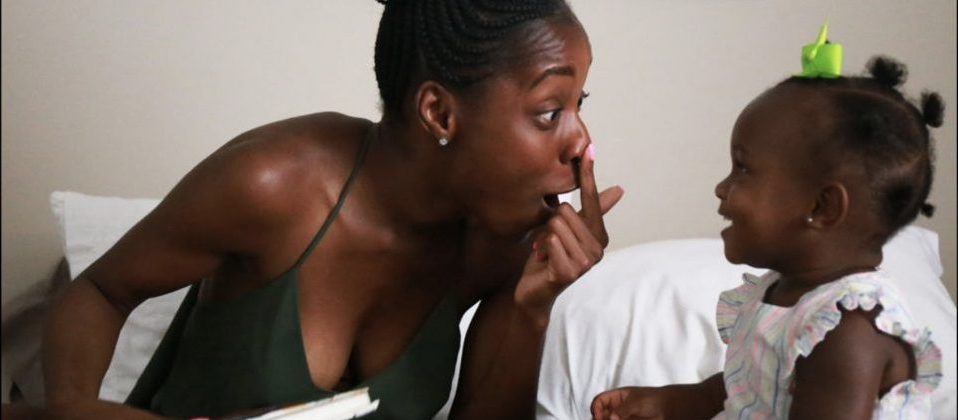
Bearing the Burden: How racism-related stress hurts America’s black mothers and babies
Story
-
 Original
Original
Published on 10/02/2018



For The Babies Of The Opioid Crisis, The Best Care May Be Mom’s Recovery
Story
-
 Original
Original
Published on 05/15/2018

Reflecting on My Mom’s Death: Moving Toward A More Complex Understanding of Health, Disability, And Dying
Story
-
 Original
Original
Published on 03/28/2023

Adverse Childhood Experiences – Trauma in Children Across the Nation
Story
-
 Original
Original
Published on 12/19/2017
Case study
Data bank/repository
Thriving Campuses Toolkit: Mental and Emotional Well-Being Resources
Resource - Data Bank/repository

Disability Rights and Heritable Genome Editing: Resources for Teaching and Learning
Resource - Data Bank/repository

Disability, Neurodiversity: How Can Digital Technology Become More Inclusive?
Resource - Data Bank/repository
Data/mapping tool

Interactive Digital Primer: Adverse Childhood Experiences Across California
Tool - Data/mapping Tool
Fact sheet
Guide/handbook

Building Community Resilience: Coalition Building and Communications Guide
Resource - Guide/handbook

National Alliance on Mental Illness COVID-19 Resource and Information Guide
Resource - Guide/handbook


Neurodiversity and Gender-Diverse Youth: An Affirming Approach to Care 2020
Resource - Guide/handbook


A Practitioner's Guide to Advancing Health Equity: Community Strategies for Preventing Chronic Disease
Resource - Guide/handbook

Improving Communication Access for Individuals Who Are Deaf or Hard of Hearing
Resource - Guide/handbook

Stress and Trauma Toolkit for Treating LGBTQ People in a Changing Political and Social Environment
Resource - Guide/handbook
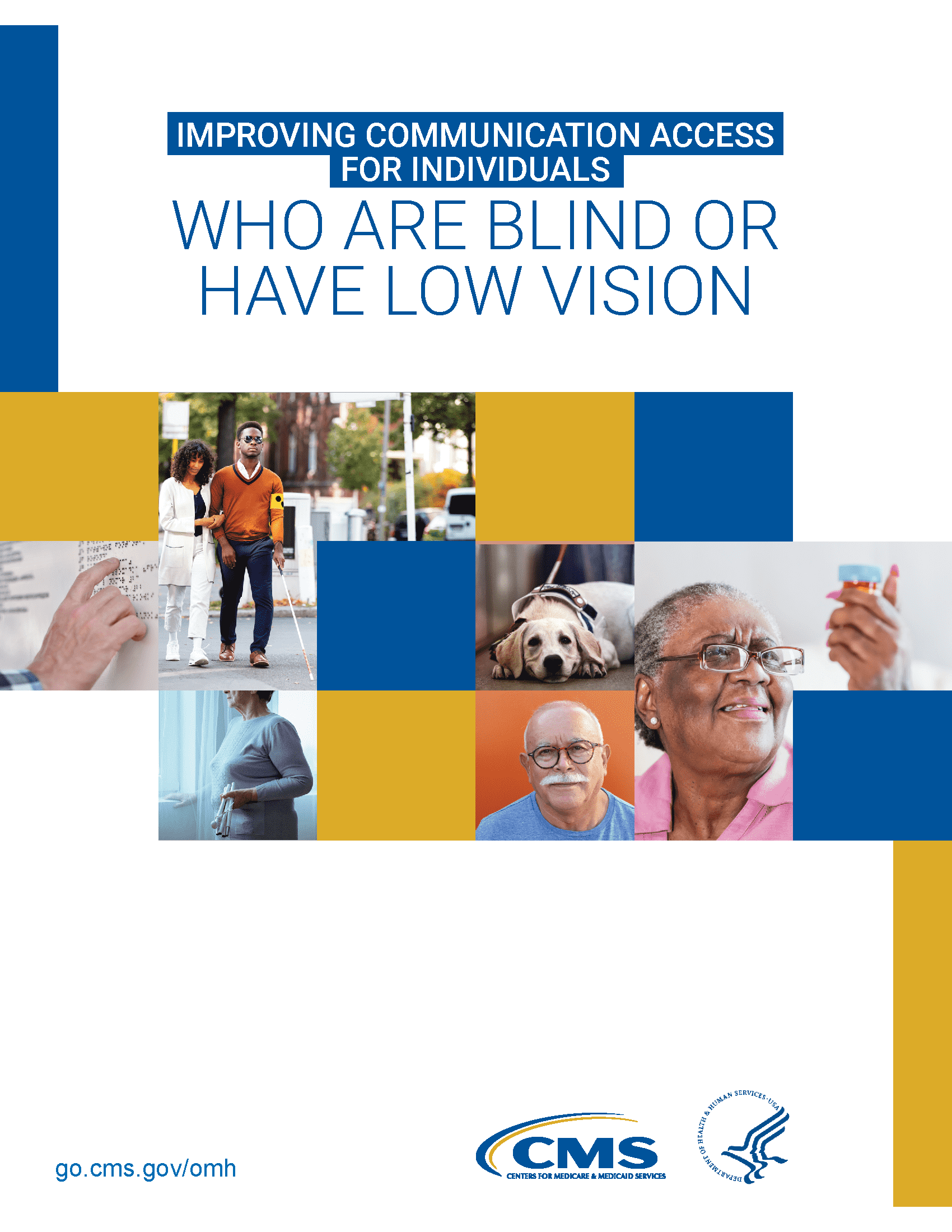
Improving Communication Access for Individuals Who are Blind or Have Low Vision
Resource - Guide/handbook

Improving Accessibility and Digital Inclusion for Those With Physical Disabilities
Resource - Guide/handbook

ADA Requirements: Wheelchairs, Mobility Aids, and Other Power-Driven Mobility Devices
Resource - Guide/handbook
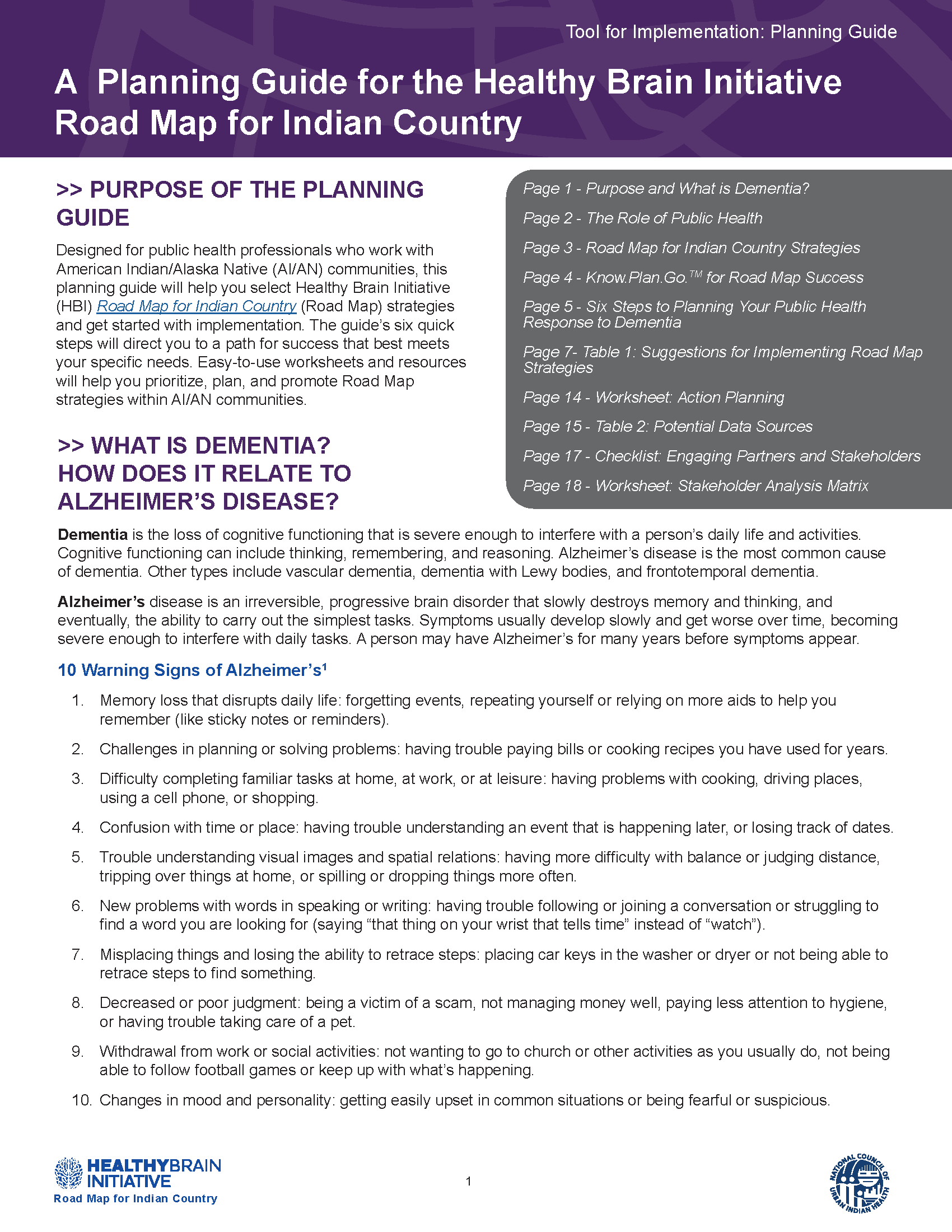
A Planning Guide for the Healthy Brain Initiative Road Map for Indian Country
Resource - Guide/handbook
Journal article

Relationship of Childhood Abuse and Household Dysfunction to Many of the Leading Causes of Death in Adults
Resource - Journal Article

Cyberbullying in Children and Youth: Implications for Health and Clinical Practice
Resource - Journal Article
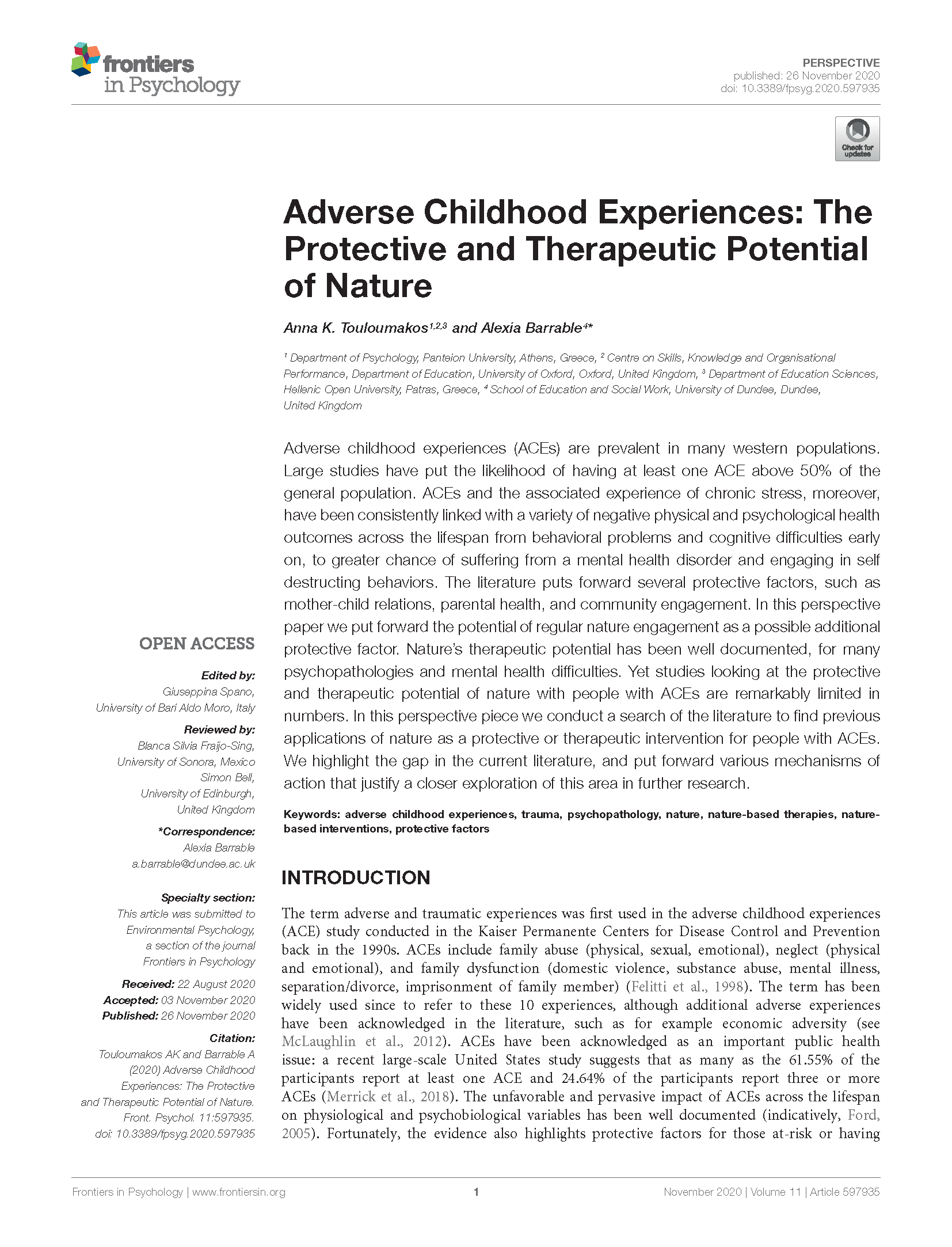
Adverse Childhood Experiences: The Protective and Therapeutic Potential of Nature
Resource - Journal Article


Deviancy, Dependency, and Disability: The Forgotten History of Eugenics and Mass Incarceration
Resource - Journal Article
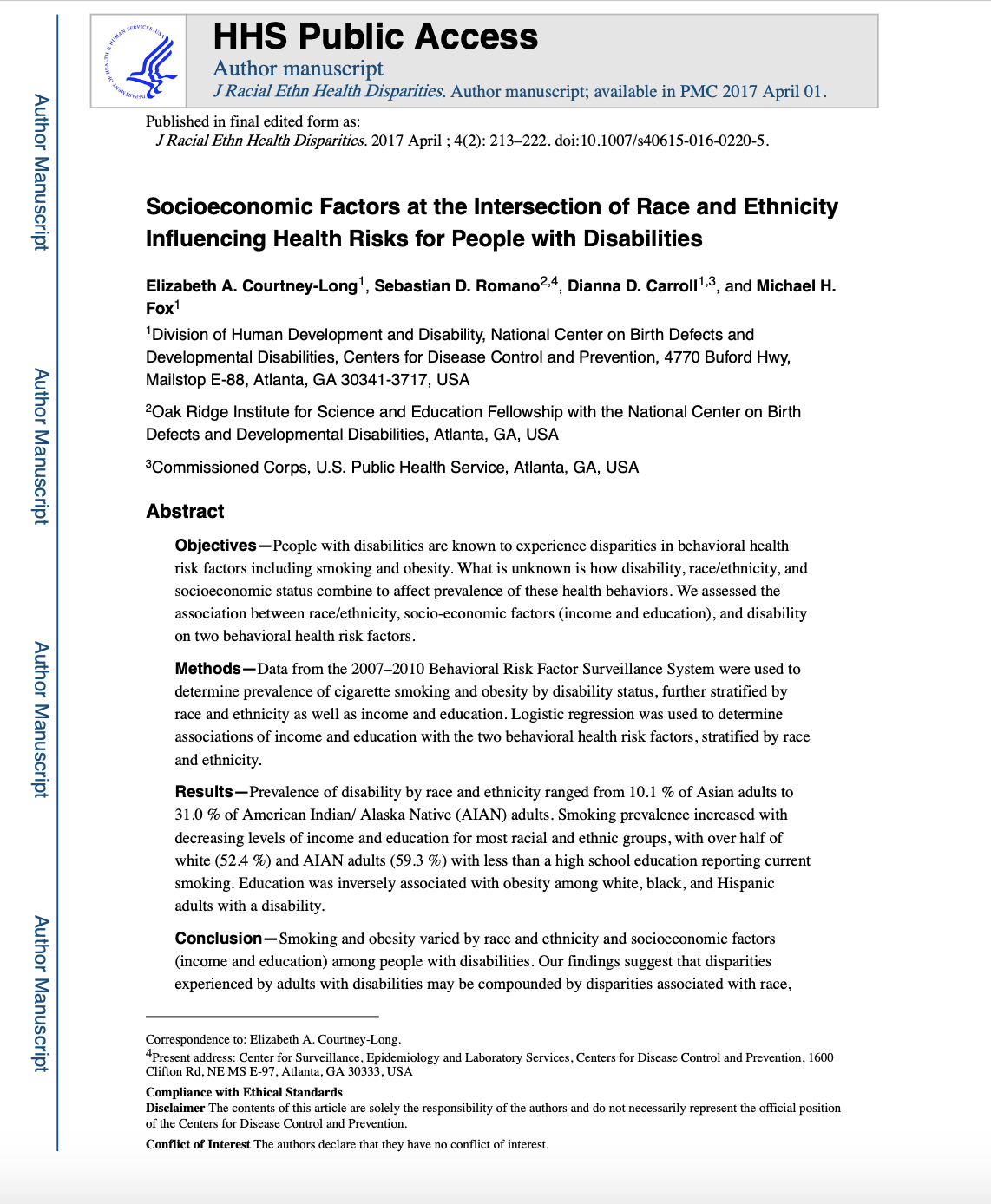


Trauma Experiences of People With an Intellectual Disability and Their Implications: A Scoping Review
Resource - Journal Article

‘I Am Not The Doctor For You’: Physicians’ Attitudes About Caring For People With Disabilities
Resource - Journal Article

Gender Variance Among Youth with Autism Spectrum Disorders: A Retrospective Chart Review
Resource - Journal Article

Implications of Internalised Ableism for the Health and Wellbeing of Disabled Young People
Resource - Journal Article
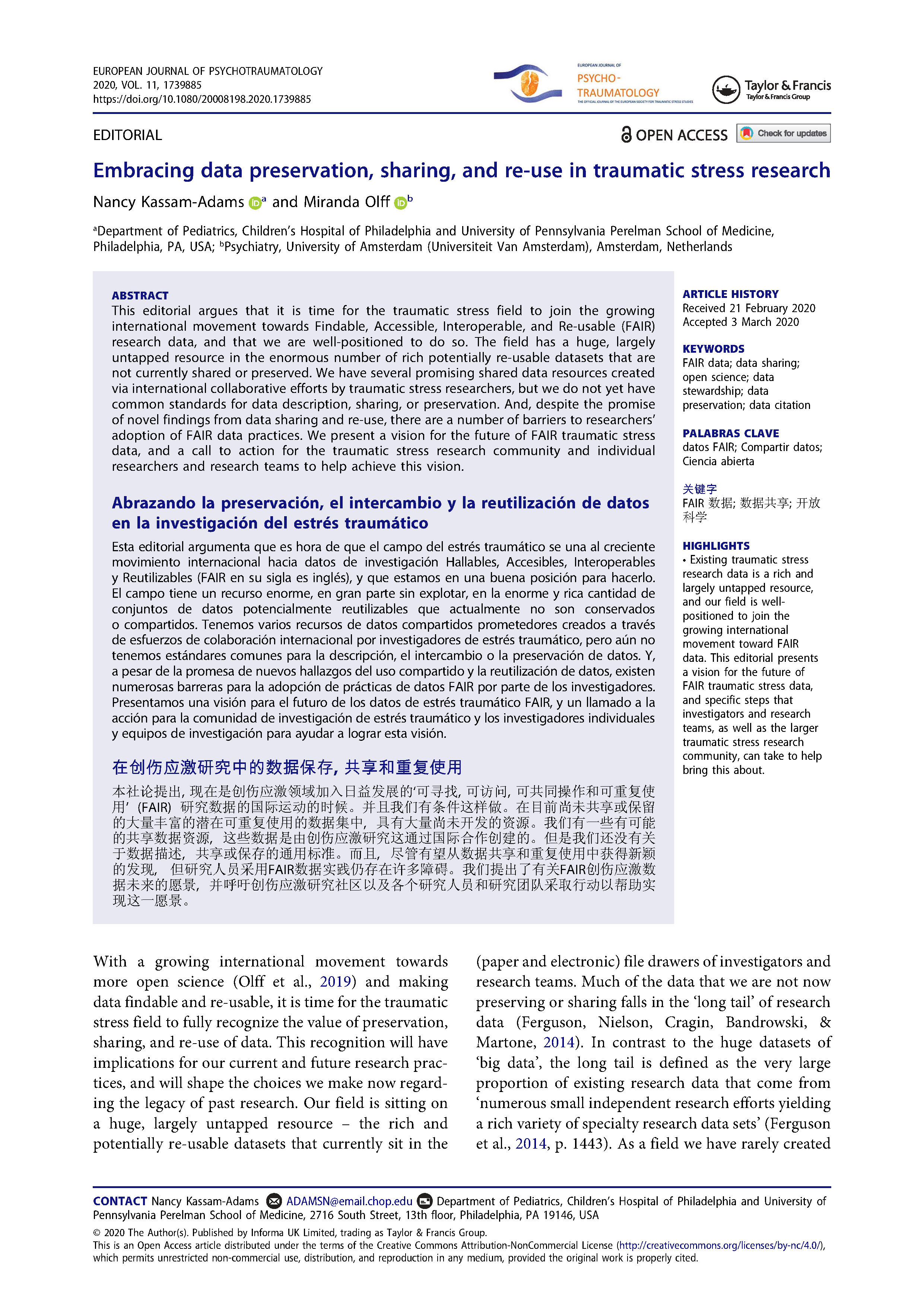
Embracing Data Preservation, Sharing, and Re-Use in Traumatic Stress Research
Resource - Journal Article
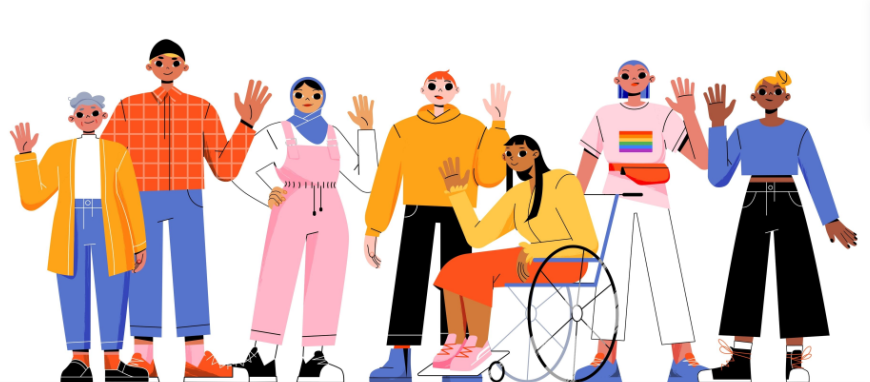
Celebrating and Supporting LGBTQ+ People with Intellectual and Developmental Disabilities
Resource - Journal Article

Queer, Disabled People Like Me Are Excluded From LGBTQ+ Spaces – It Is Dividing Our Community
Resource - Journal Article

Disability Rates Among Working-Age Adults Are Shaped by Race, Place, and Education
Resource - Journal Article

Study Affirms LGBTQ People are More Likely to Have a Disability than the General Population
Resource - Journal Article

LGBTQ Vets Discharged Under 'Don't Ask, Don't Tell' Have New Chance For Full Benefits
Resource - Journal Article


Minding The Access Gap: Addressing Both The Digital And Transportation Divides To Improve Outcomes
Resource - Journal Article

Accommodating Seniors and People With Disabilities: Model Policies and Procedures for Primary Care Practices
Resource - Journal Article

9 Ways We Can Make Social Justice Movements Less Elitist and More Accessible
Resource - Journal Article

From Neurons to Neighborhoods: The Science of Early Childhood Development
Resource - Journal Article

Trauma-Informed Care in Primary Health Settings—Which Is Even More Needed in Times of COVID-19
Resource - Journal Article


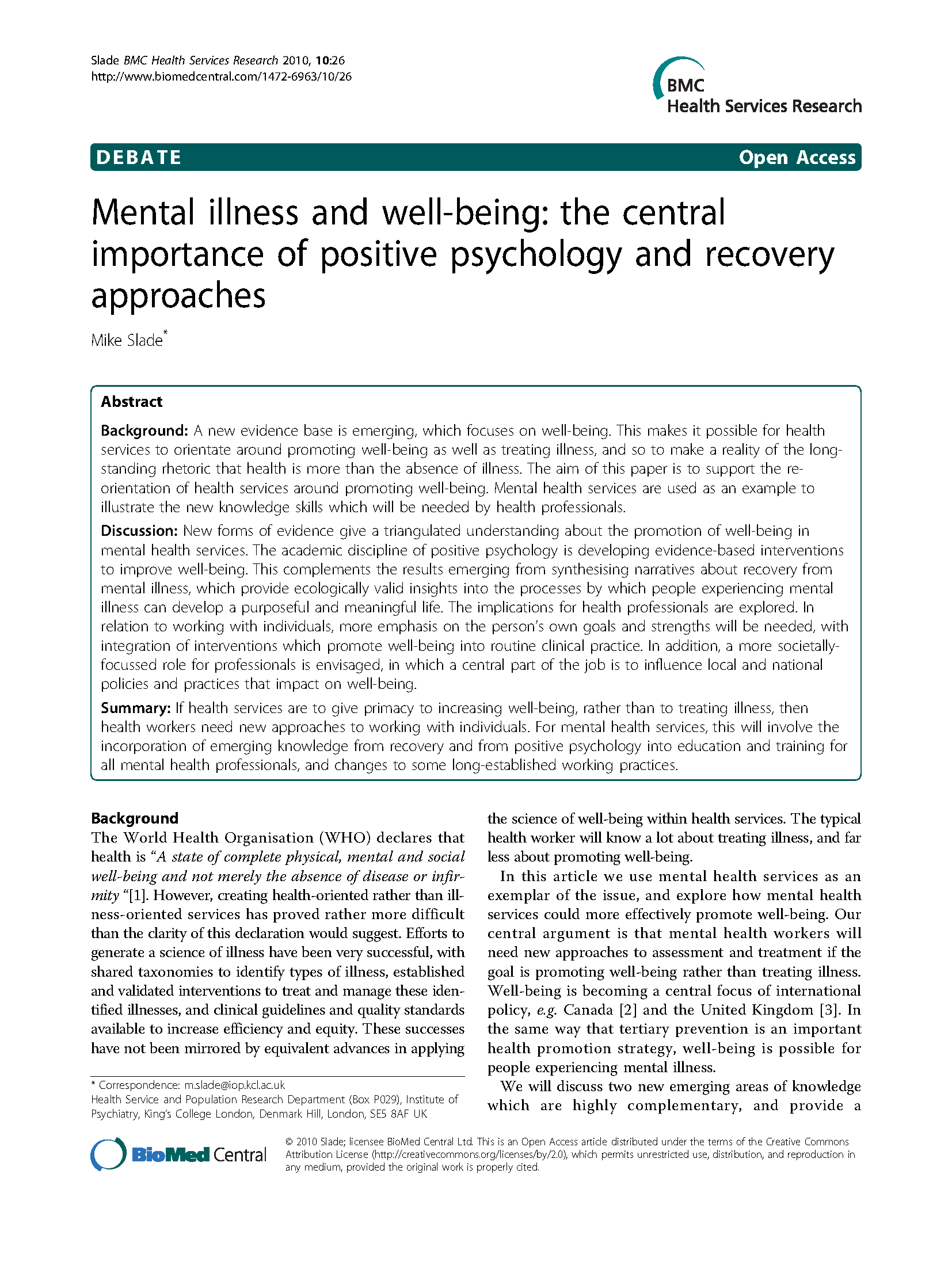
Mental Illness and Well-Being: The Central Importance of Positive Psychology and Recovery Approaches
Resource - Journal Article

Would People with Intellectual and Developmental Disabilities Benefit from Being Designated “Underserved”?
Resource - Journal Article

Mental Illness and Reduction of Gun Violence and Suicide: Bringing Epidemiologic Research to Policy
Resource - Journal Article

The Pandemic’s Silver Linings: Moving Toward a More Inclusive New Normal for People with Disabilities
Resource - Journal Article

The State of Diabetes Prevention Policy in the USA Following the Affordable Care Act
Resource - Journal Article
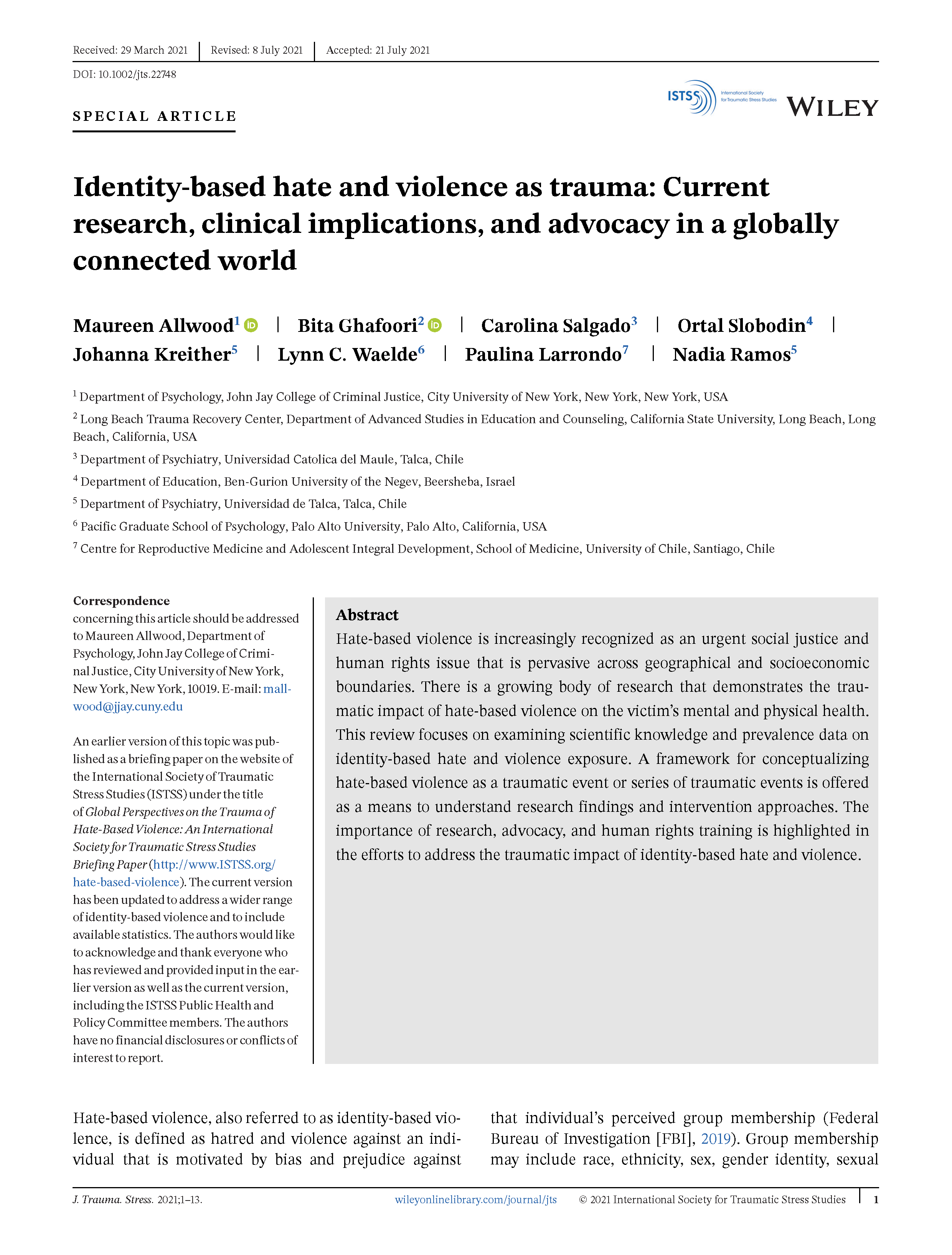

Adverse Childhood Experiences and Life Opportunities: Shifting the Narrative
Resource - Journal Article


Prioritizing The Mental Health And Well-Being Of Healthcare Workers: An Urgent Global Public Health Priority
Resource - Journal Article
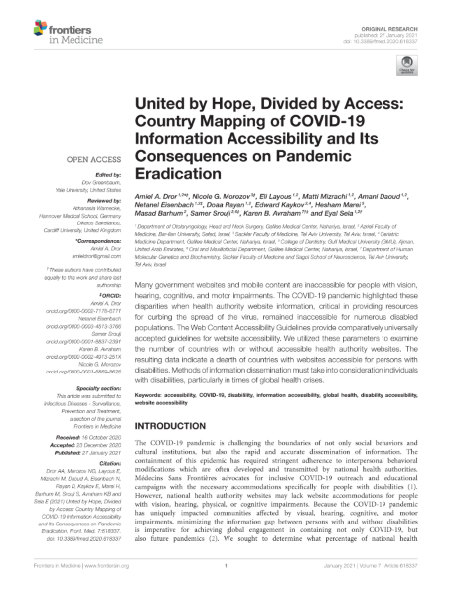

Upstreaming and Normalizing Advance Care Planning Conversations—A Public Health Approach
Resource - Journal Article


Prevalence of Eating Disorders Over the 2000–2018 Period: A Systematic Literature Review
Resource - Journal Article

Barriers to Autism Spectrum Disorder Diagnosis for Young Women and Girls: A Systematic Review
Resource - Journal Article

Disability During a Pandemic: Student Reflections on Risk, Inequity, and Opportunity
Resource - Journal Article
Topic - People
Policy brief
Increase Geographic Proximity and Accessibility of Jobs
Resource - Policy Brief
Published on 04/16/2021
Topic - Possibilities
Topic - Quality of Life
Report
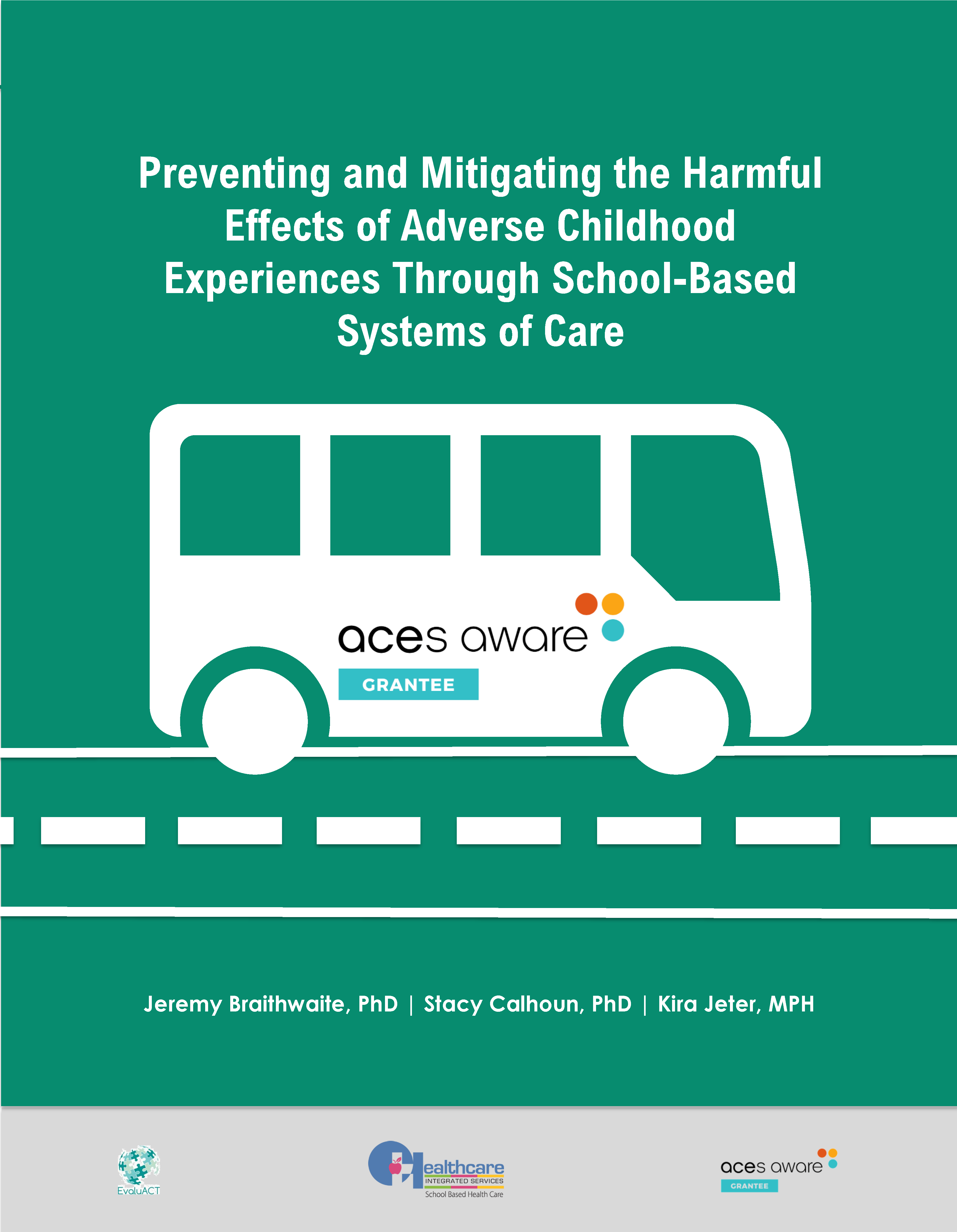



Mental Health, Higher Education, and COVID-19: Strategies for Leaders to Support Campus Well-being
Resource - Report
Published on 04/08/2020









Toolkit/toolbox

COVID-19 Response: Digital Accessibility and Other Best Practices for Remote Work
Tool - Toolkit/toolbox
Video
Webinar

Trauma and Ableism as Social Determinant of Health for People with Intellectual and Developmental Disabilities
Resource - Webinar
Published on 03/08/2023
Website/webpage

Heart Disease and Stroke Prevention: Interventions Engaging Community Health Workers
Resource - Website/webpage

Thriving Together: Basic Needs for Health and Safety - Freedom from Trauma, Violence, and Addiction
Resource - Website/webpage

Essential Workers More Likely To Be Diagnosed With A Mental Health Disorder During Pandemic
Resource - Website/webpage

7 Solutions To Protect Public Health Workers From Burnout And Other Mental Health Issues
Resource - Website/webpage

Health Workers Face ‘indescribable' Mental, Physical Exhaustion As Covid Fills Hospitals
Resource - Website/webpage

Adverse Childhood Experiences: Preventing Early Trauma to Improve Adult Health
Resource - Website/webpage
Workshop/training

Practical Recommendations for Enhancing the Care of Patients with Disability
Tool - Workshop/training
Written



Other Resources




Bearing the Burden: How racism-related stress hurts America’s black mothers and babies
Story
-
 Original
Original
Published on 10/02/2018

For The Babies Of The Opioid Crisis, The Best Care May Be Mom’s Recovery
Story
-
 Original
Original
Published on 05/15/2018

Reflecting on My Mom’s Death: Moving Toward A More Complex Understanding of Health, Disability, And Dying
Story
-
 Original
Original
Published on 03/28/2023

Adverse Childhood Experiences – Trauma in Children Across the Nation
Story
-
 Original
Original
Published on 12/19/2017
Thriving Campuses Toolkit: Mental and Emotional Well-Being Resources
Resource - Data Bank/repository

Disability Rights and Heritable Genome Editing: Resources for Teaching and Learning
Resource - Data Bank/repository

Disability, Neurodiversity: How Can Digital Technology Become More Inclusive?
Resource - Data Bank/repository

Interactive Digital Primer: Adverse Childhood Experiences Across California
Tool - Data/mapping Tool

Building Community Resilience: Coalition Building and Communications Guide
Resource - Guide/handbook

National Alliance on Mental Illness COVID-19 Resource and Information Guide
Resource - Guide/handbook

Neurodiversity and Gender-Diverse Youth: An Affirming Approach to Care 2020
Resource - Guide/handbook

A Practitioner's Guide to Advancing Health Equity: Community Strategies for Preventing Chronic Disease
Resource - Guide/handbook

Improving Communication Access for Individuals Who Are Deaf or Hard of Hearing
Resource - Guide/handbook

Stress and Trauma Toolkit for Treating LGBTQ People in a Changing Political and Social Environment
Resource - Guide/handbook

Improving Communication Access for Individuals Who are Blind or Have Low Vision
Resource - Guide/handbook

Improving Accessibility and Digital Inclusion for Those With Physical Disabilities
Resource - Guide/handbook

ADA Requirements: Wheelchairs, Mobility Aids, and Other Power-Driven Mobility Devices
Resource - Guide/handbook

A Planning Guide for the Healthy Brain Initiative Road Map for Indian Country
Resource - Guide/handbook

Relationship of Childhood Abuse and Household Dysfunction to Many of the Leading Causes of Death in Adults
Resource - Journal Article

Cyberbullying in Children and Youth: Implications for Health and Clinical Practice
Resource - Journal Article

Adverse Childhood Experiences: The Protective and Therapeutic Potential of Nature
Resource - Journal Article

Deviancy, Dependency, and Disability: The Forgotten History of Eugenics and Mass Incarceration
Resource - Journal Article

Trauma Experiences of People With an Intellectual Disability and Their Implications: A Scoping Review
Resource - Journal Article

‘I Am Not The Doctor For You’: Physicians’ Attitudes About Caring For People With Disabilities
Resource - Journal Article

Gender Variance Among Youth with Autism Spectrum Disorders: A Retrospective Chart Review
Resource - Journal Article

Implications of Internalised Ableism for the Health and Wellbeing of Disabled Young People
Resource - Journal Article

Embracing Data Preservation, Sharing, and Re-Use in Traumatic Stress Research
Resource - Journal Article

Celebrating and Supporting LGBTQ+ People with Intellectual and Developmental Disabilities
Resource - Journal Article

Queer, Disabled People Like Me Are Excluded From LGBTQ+ Spaces – It Is Dividing Our Community
Resource - Journal Article

Disability Rates Among Working-Age Adults Are Shaped by Race, Place, and Education
Resource - Journal Article

Study Affirms LGBTQ People are More Likely to Have a Disability than the General Population
Resource - Journal Article

LGBTQ Vets Discharged Under 'Don't Ask, Don't Tell' Have New Chance For Full Benefits
Resource - Journal Article

Minding The Access Gap: Addressing Both The Digital And Transportation Divides To Improve Outcomes
Resource - Journal Article

Accommodating Seniors and People With Disabilities: Model Policies and Procedures for Primary Care Practices
Resource - Journal Article

9 Ways We Can Make Social Justice Movements Less Elitist and More Accessible
Resource - Journal Article

From Neurons to Neighborhoods: The Science of Early Childhood Development
Resource - Journal Article

Trauma-Informed Care in Primary Health Settings—Which Is Even More Needed in Times of COVID-19
Resource - Journal Article

Mental Illness and Well-Being: The Central Importance of Positive Psychology and Recovery Approaches
Resource - Journal Article

Would People with Intellectual and Developmental Disabilities Benefit from Being Designated “Underserved”?
Resource - Journal Article

Mental Illness and Reduction of Gun Violence and Suicide: Bringing Epidemiologic Research to Policy
Resource - Journal Article

The Pandemic’s Silver Linings: Moving Toward a More Inclusive New Normal for People with Disabilities
Resource - Journal Article

The State of Diabetes Prevention Policy in the USA Following the Affordable Care Act
Resource - Journal Article

Adverse Childhood Experiences and Life Opportunities: Shifting the Narrative
Resource - Journal Article

Prioritizing The Mental Health And Well-Being Of Healthcare Workers: An Urgent Global Public Health Priority
Resource - Journal Article

Upstreaming and Normalizing Advance Care Planning Conversations—A Public Health Approach
Resource - Journal Article

Prevalence of Eating Disorders Over the 2000–2018 Period: A Systematic Literature Review
Resource - Journal Article

Barriers to Autism Spectrum Disorder Diagnosis for Young Women and Girls: A Systematic Review
Resource - Journal Article

Disability During a Pandemic: Student Reflections on Risk, Inequity, and Opportunity
Resource - Journal Article
Increase Geographic Proximity and Accessibility of Jobs
Resource - Policy Brief
Published on 04/16/2021

Mental Health, Higher Education, and COVID-19: Strategies for Leaders to Support Campus Well-being
Resource - Report
Published on 04/08/2020

COVID-19 Response: Digital Accessibility and Other Best Practices for Remote Work
Tool - Toolkit/toolbox

Trauma and Ableism as Social Determinant of Health for People with Intellectual and Developmental Disabilities
Resource - Webinar
Published on 03/08/2023

Heart Disease and Stroke Prevention: Interventions Engaging Community Health Workers
Resource - Website/webpage

Thriving Together: Basic Needs for Health and Safety - Freedom from Trauma, Violence, and Addiction
Resource - Website/webpage

Essential Workers More Likely To Be Diagnosed With A Mental Health Disorder During Pandemic
Resource - Website/webpage

7 Solutions To Protect Public Health Workers From Burnout And Other Mental Health Issues
Resource - Website/webpage

Health Workers Face ‘indescribable' Mental, Physical Exhaustion As Covid Fills Hospitals
Resource - Website/webpage

Adverse Childhood Experiences: Preventing Early Trauma to Improve Adult Health
Resource - Website/webpage



